Matric Thrift Shop Is An Incredible Cape Town Initiative
The Matric Thrift Shop is a youth-group initiative aimed at cultivating a culture of serving among students in Cape Town. The outreach assists matriculants who cannot afford their matric ball outfit while celebrating the notions of sustainable fashion through reselling and thrifting.
The events invite matriculants to thrift for their matric dance outfits through sustainably and economically viable means. The matric dance is a rite of passage for all learners and the thrift shop is designed for students to celebrate the closing chapter of their 12-year journey of schooling with excitement, diminishing the financial burden that the dance often imposes on students and their parents.
“Going to your matric ball is a celebration of the last 12 years that you have been at school and this thrift store takes a lot of pressure off single parents, grandparents, aunts or anyone who live with a matriculant,” said organiser Kelly Morkel. Shoppers can choose from dresses, suits, shoes, ties, jewellery, clutch bags and shirts. The bonus is, you get to keep the clothes. “It is purely matrics who can choose their outfits, nobody else can come and buy clothes,” cautions Morkel.
The Matric Thrift Shop is calling for donations of good-quality, stain-free items relevant for matric dance attire.
IF YOU HAVE ANYTHING TO DO DONATE, PLEASE CONTACT:
For Mitchell’s Plain contact Kelly at +27 61 461 3233
For Kuils River contact Kelly at +27 66 219 6763
For Silver Town contact Bianca +27 73 526 3340
Three Matric Thrift Shops will be held:
4th August 2023
18h00 – 20h00
3 Civet Street
Eastridge
Mitchells Plain
18 August 2023
18h00 – 20h00
37 Patrys Street
Kuils River
Community Church
24 August 2023
18h00 – 20h00
335B Lower
Silver Town
Athlone
MATRICULANTS TO PLEASE BRING ID DOCUMENTS.


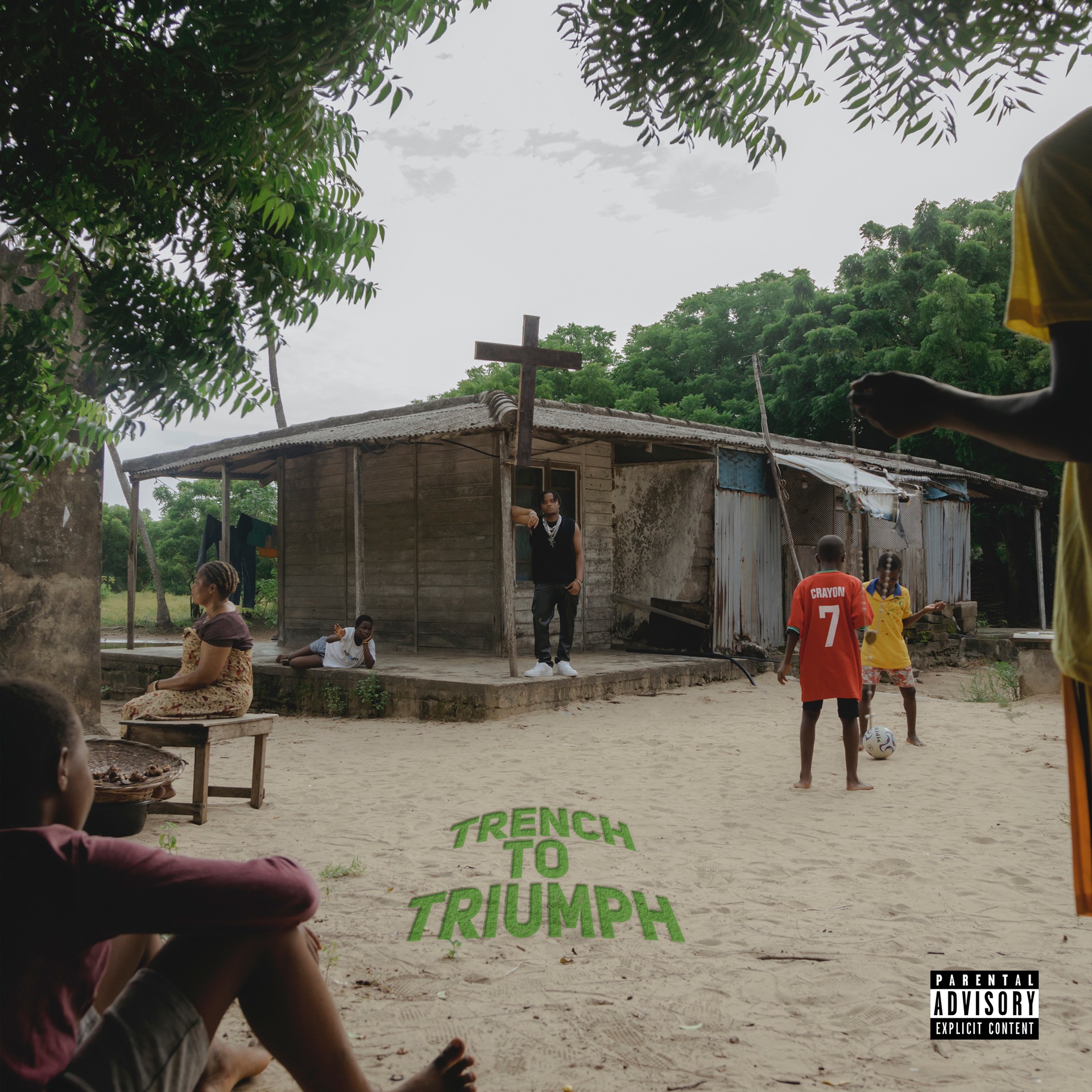



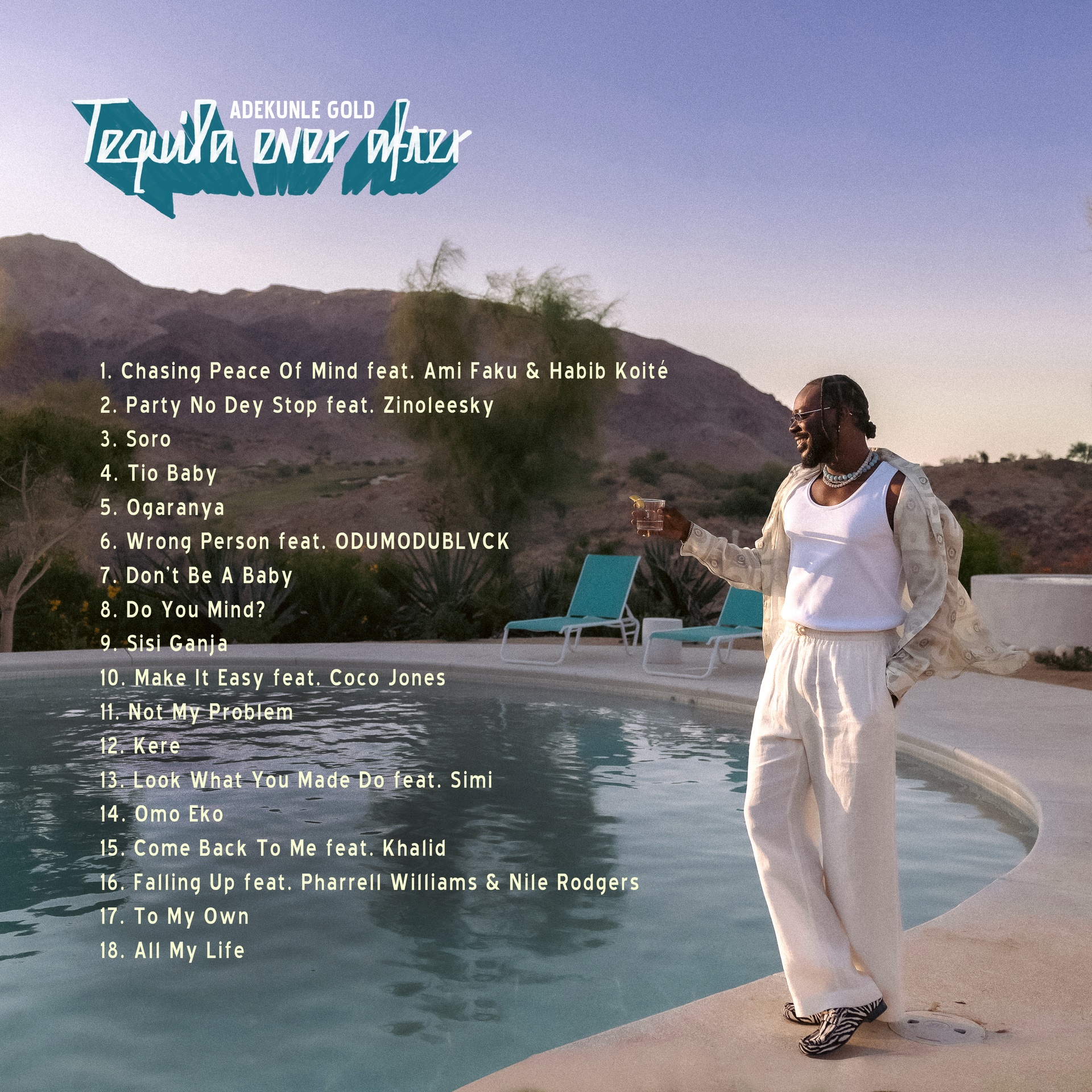
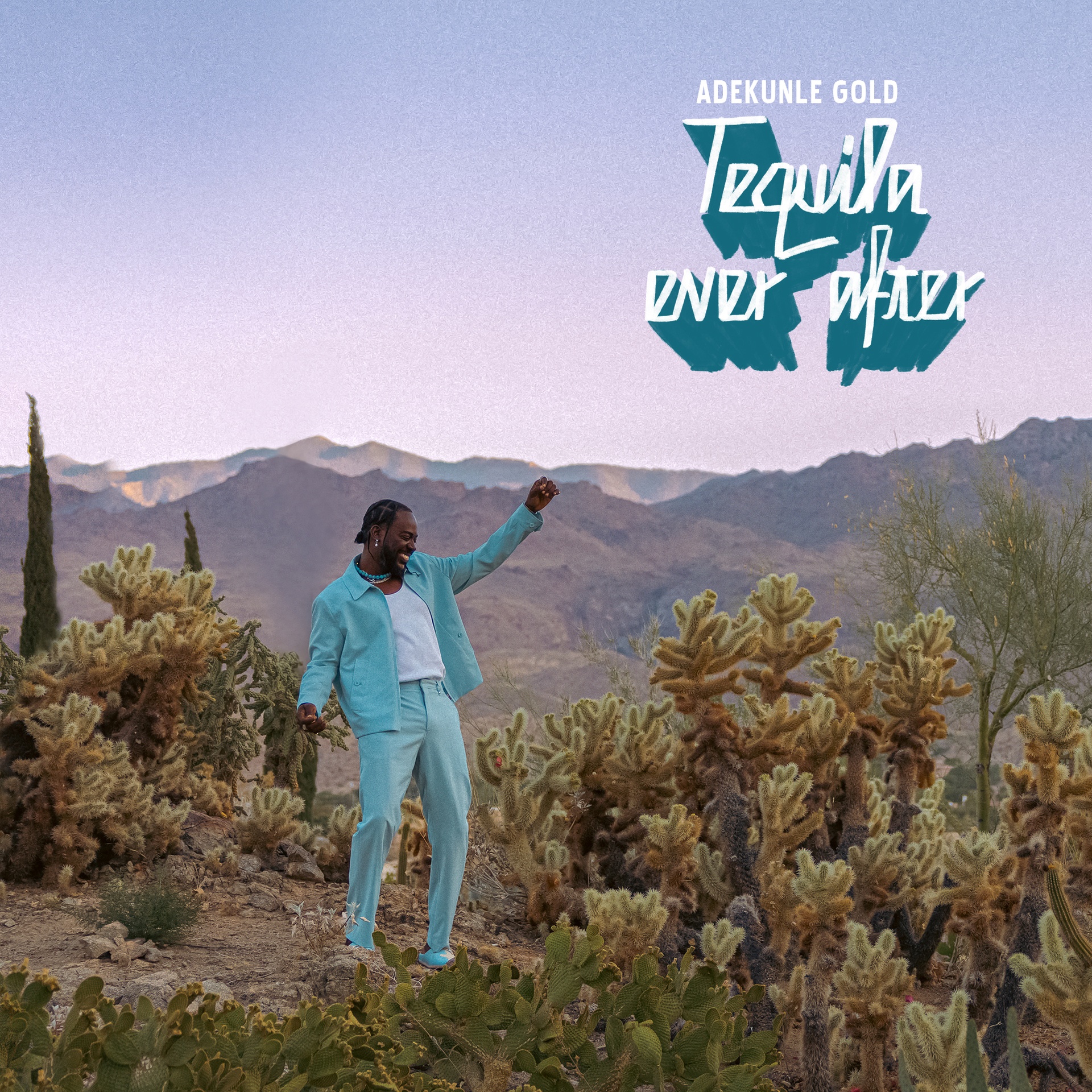
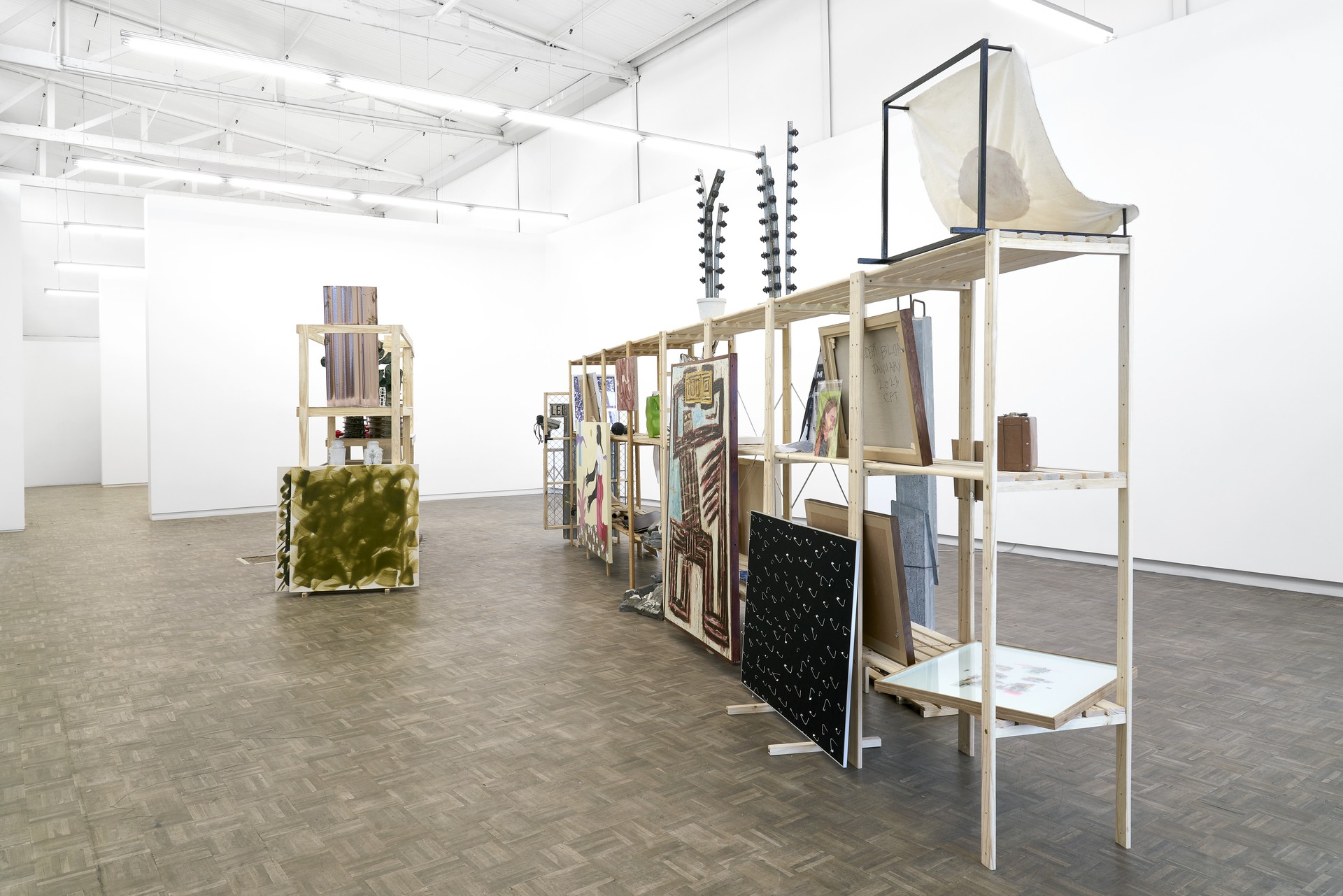
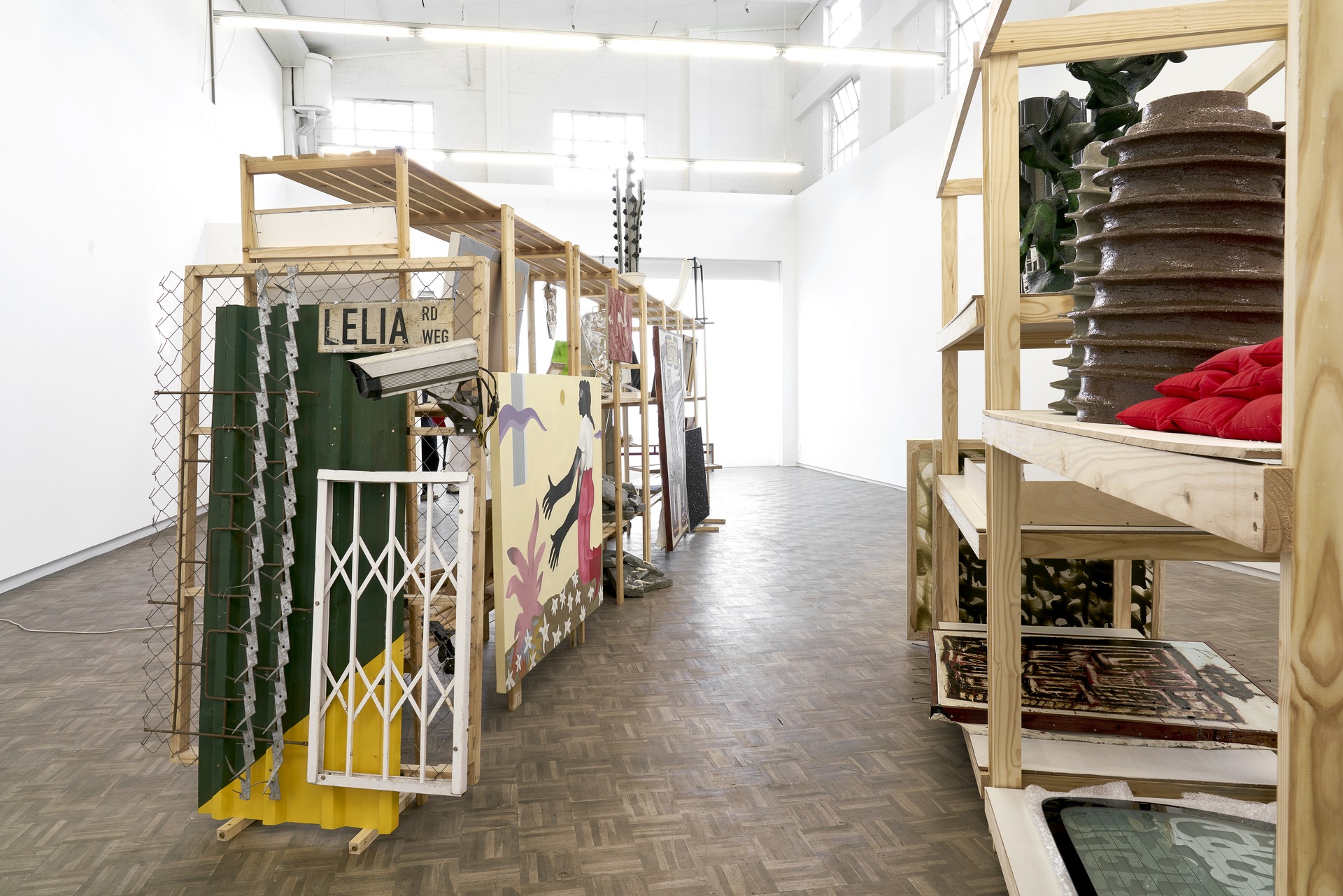
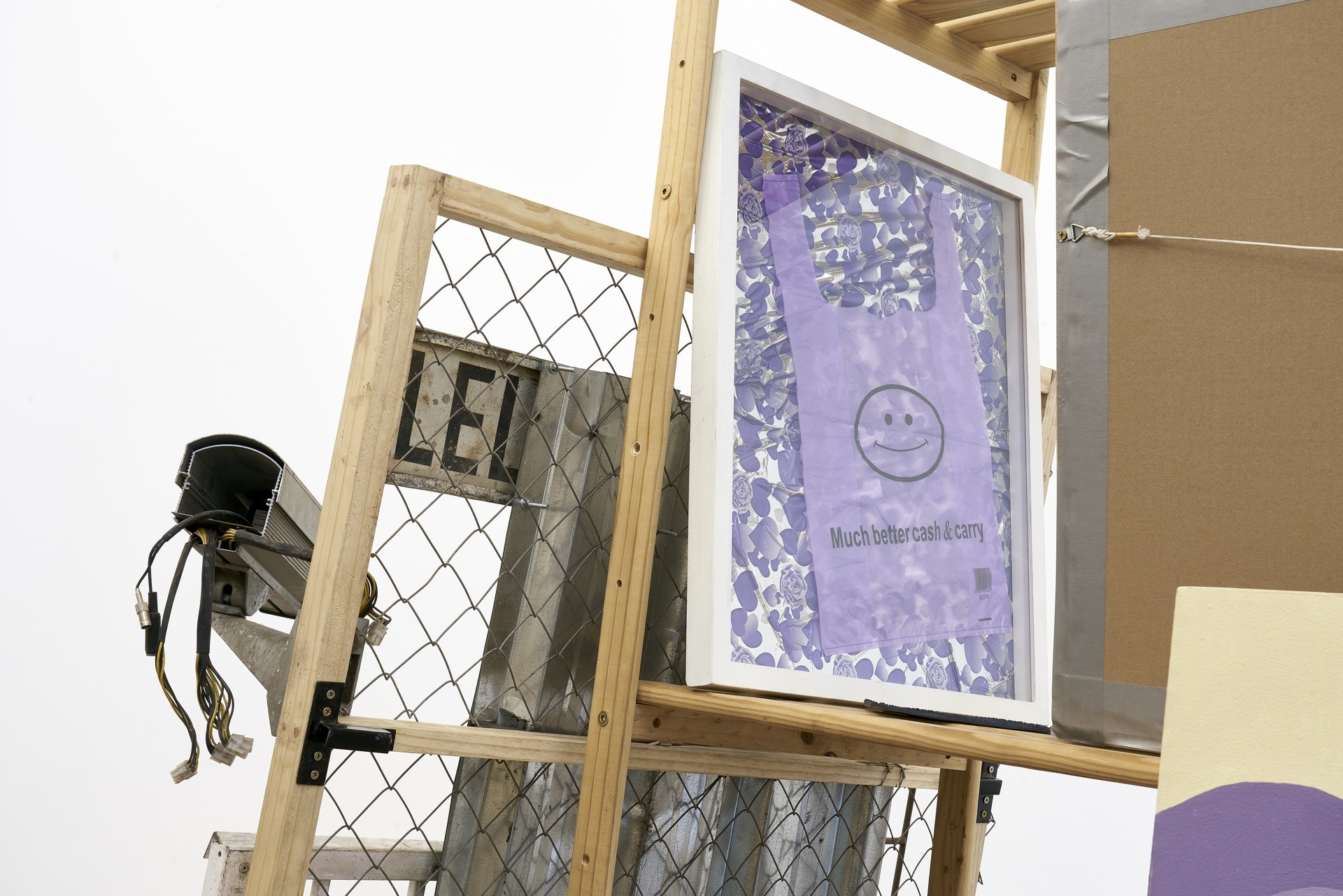
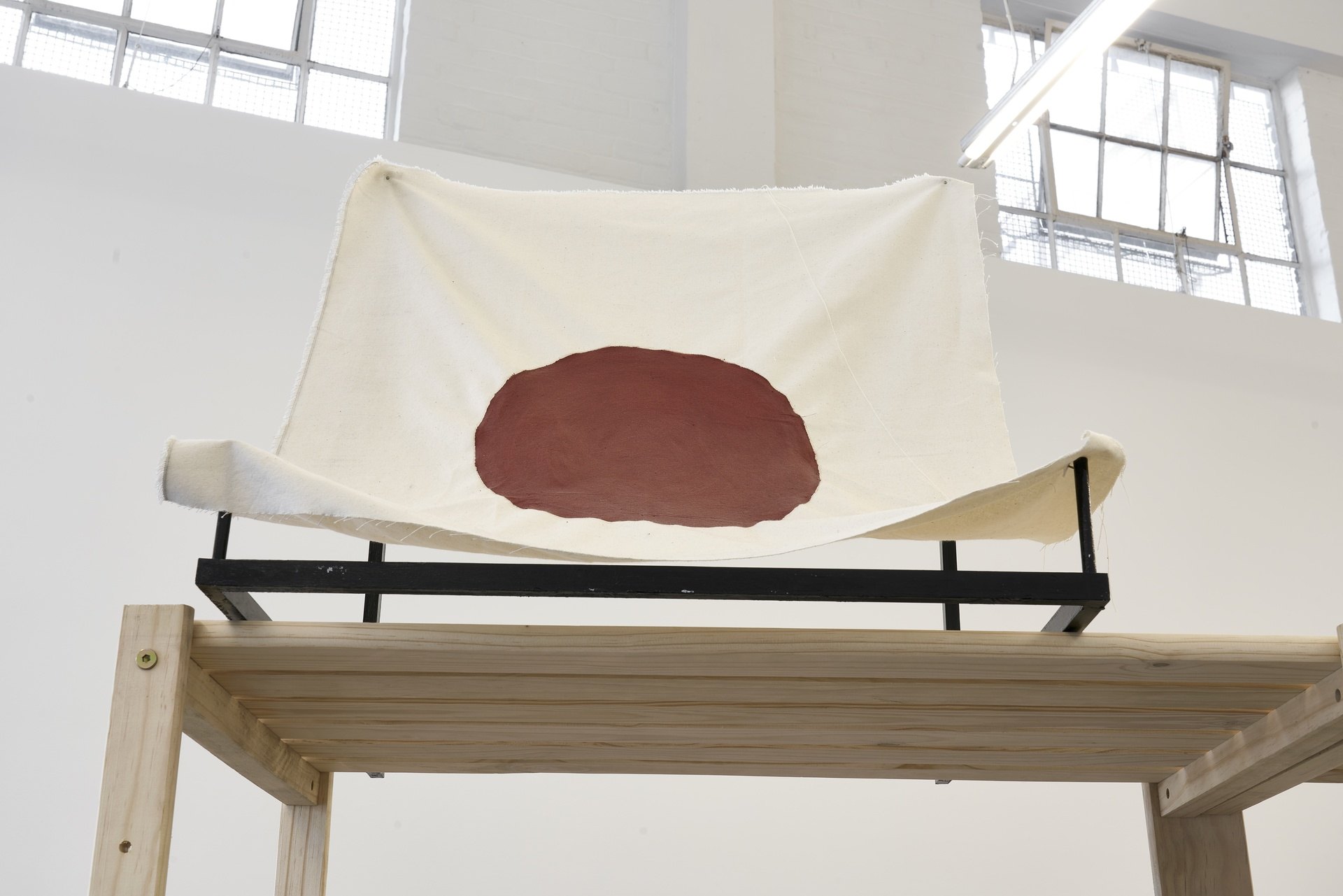
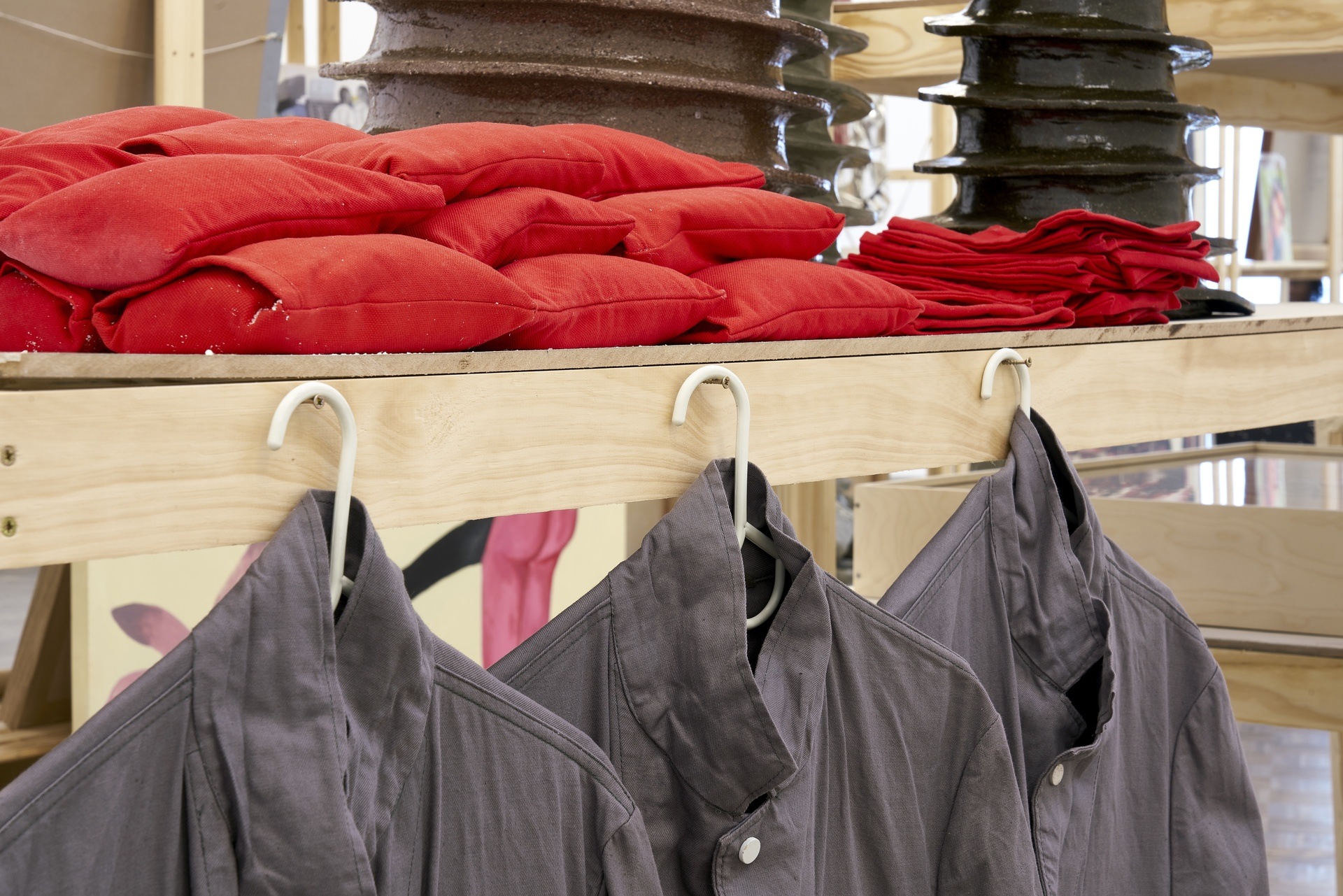
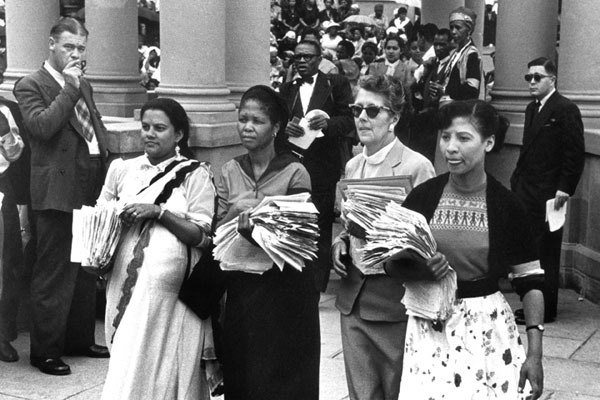

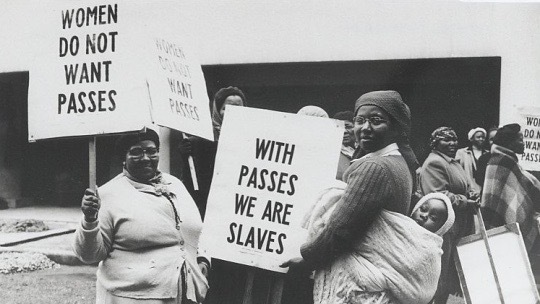
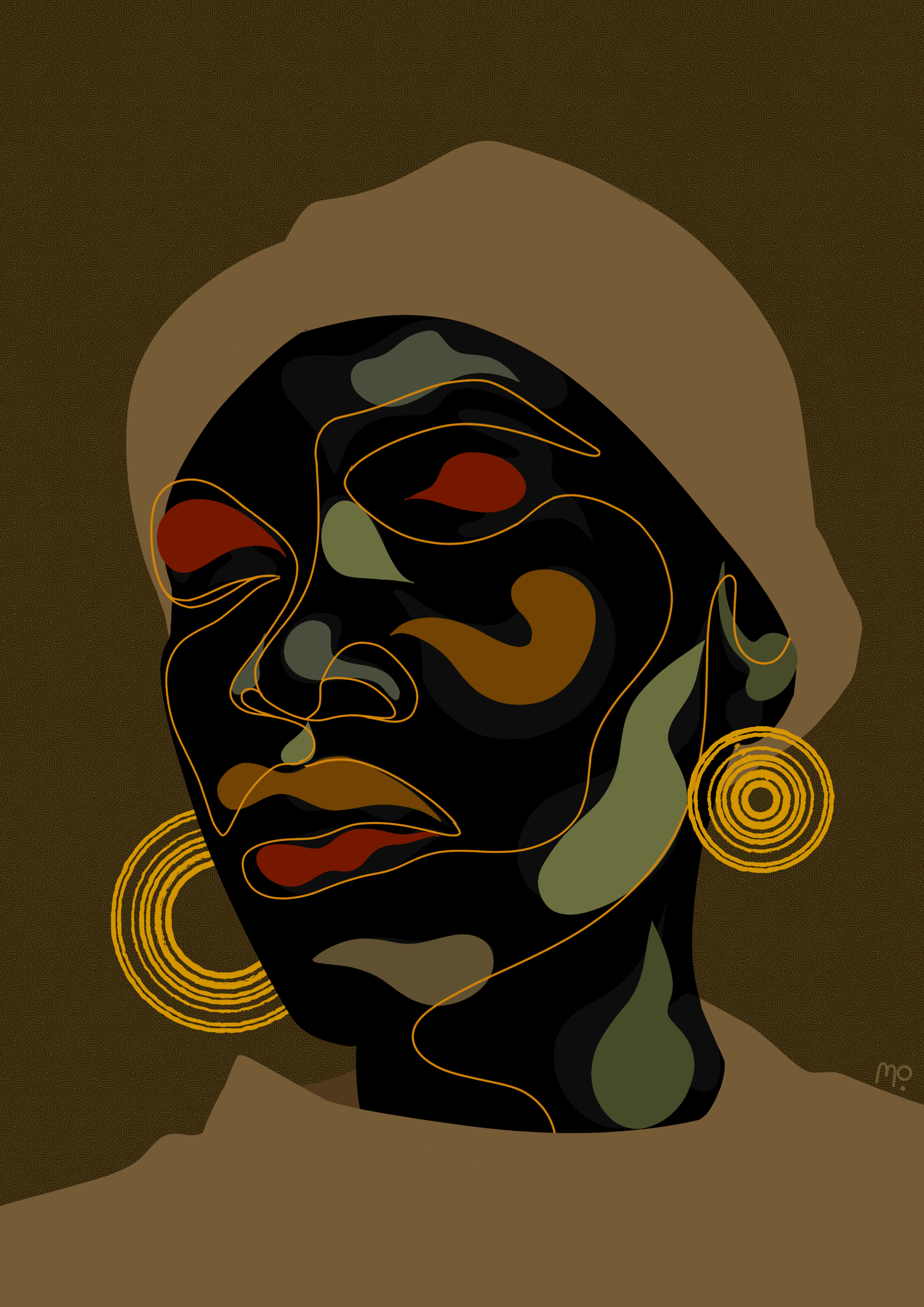
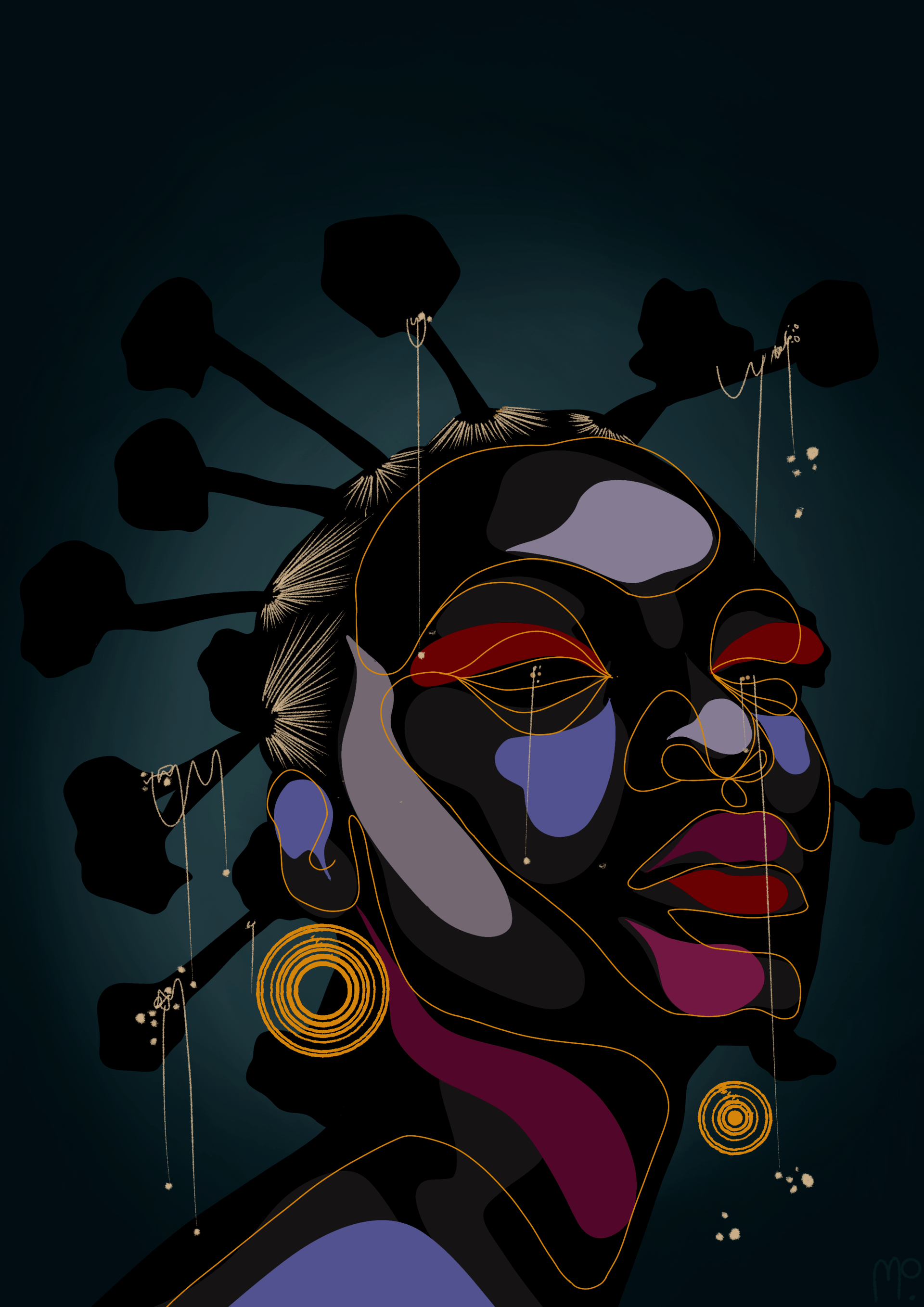
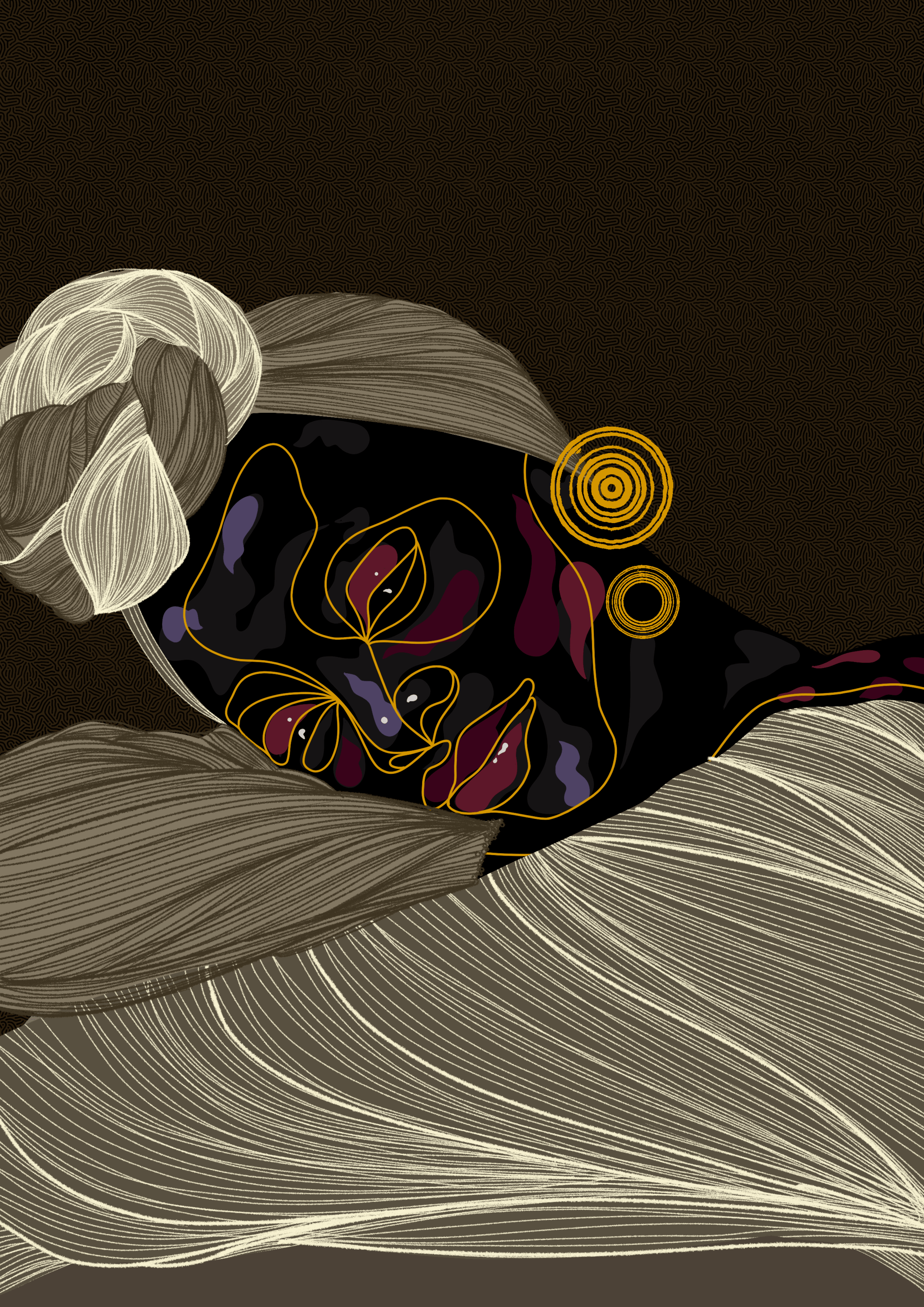
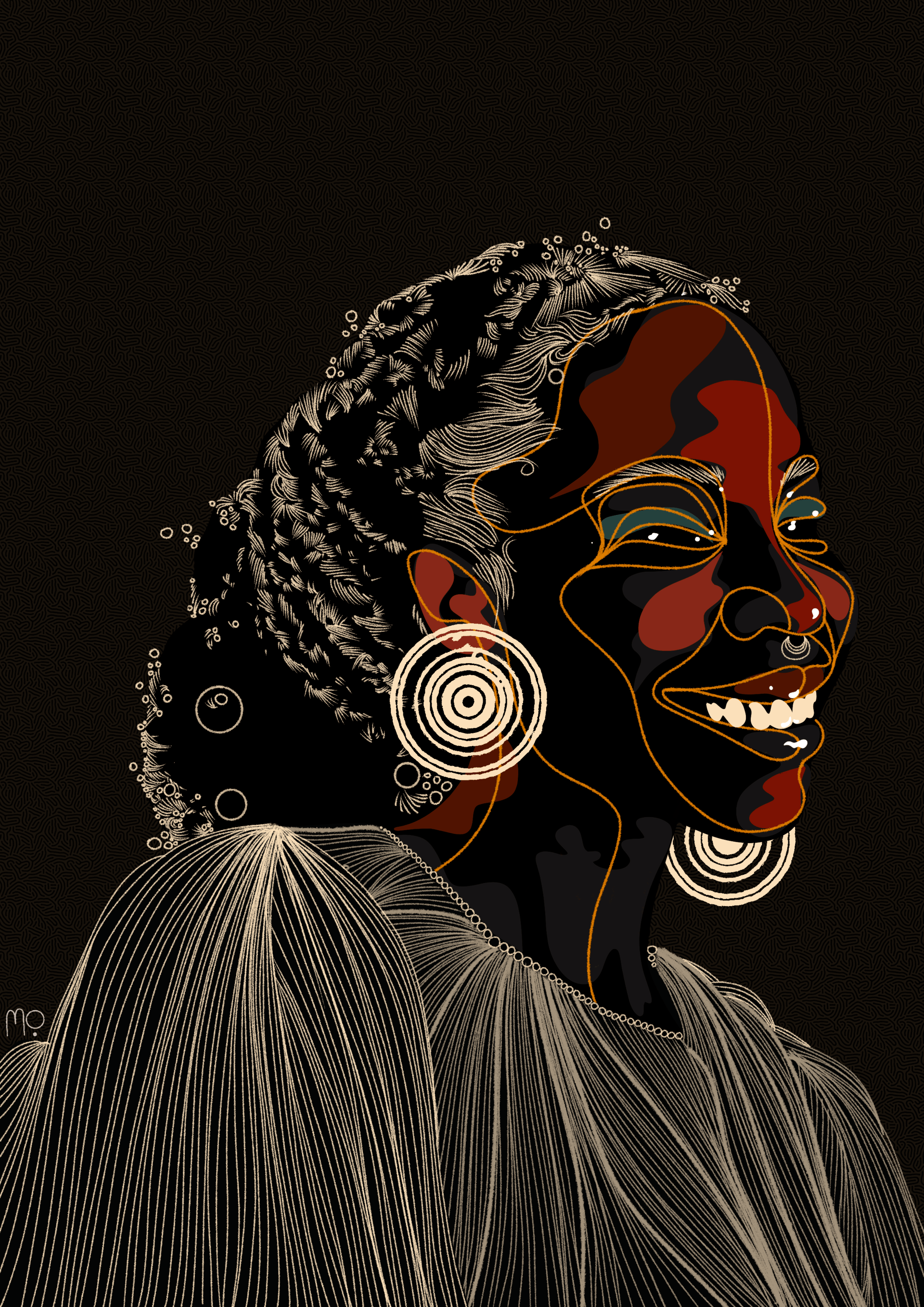
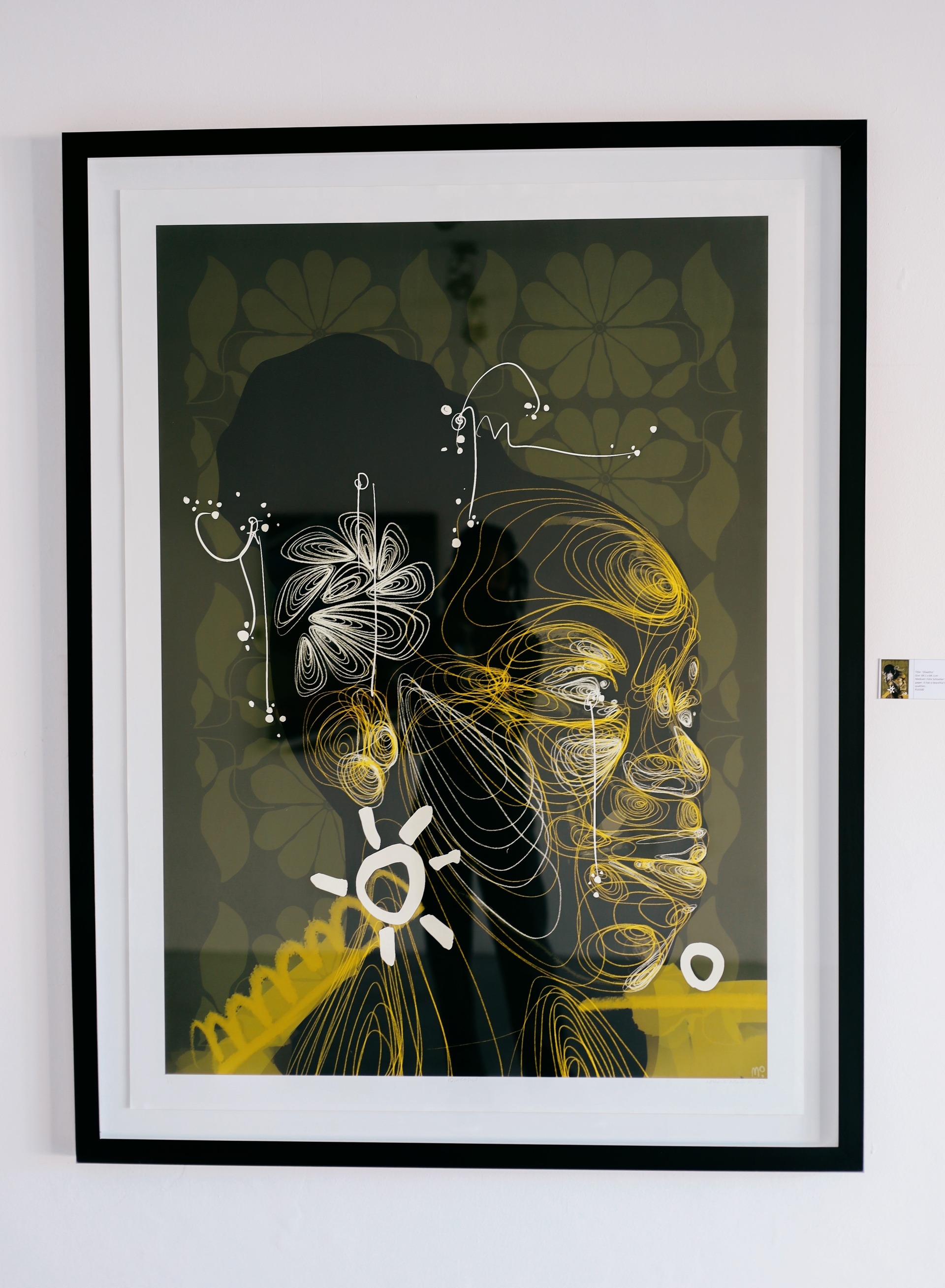
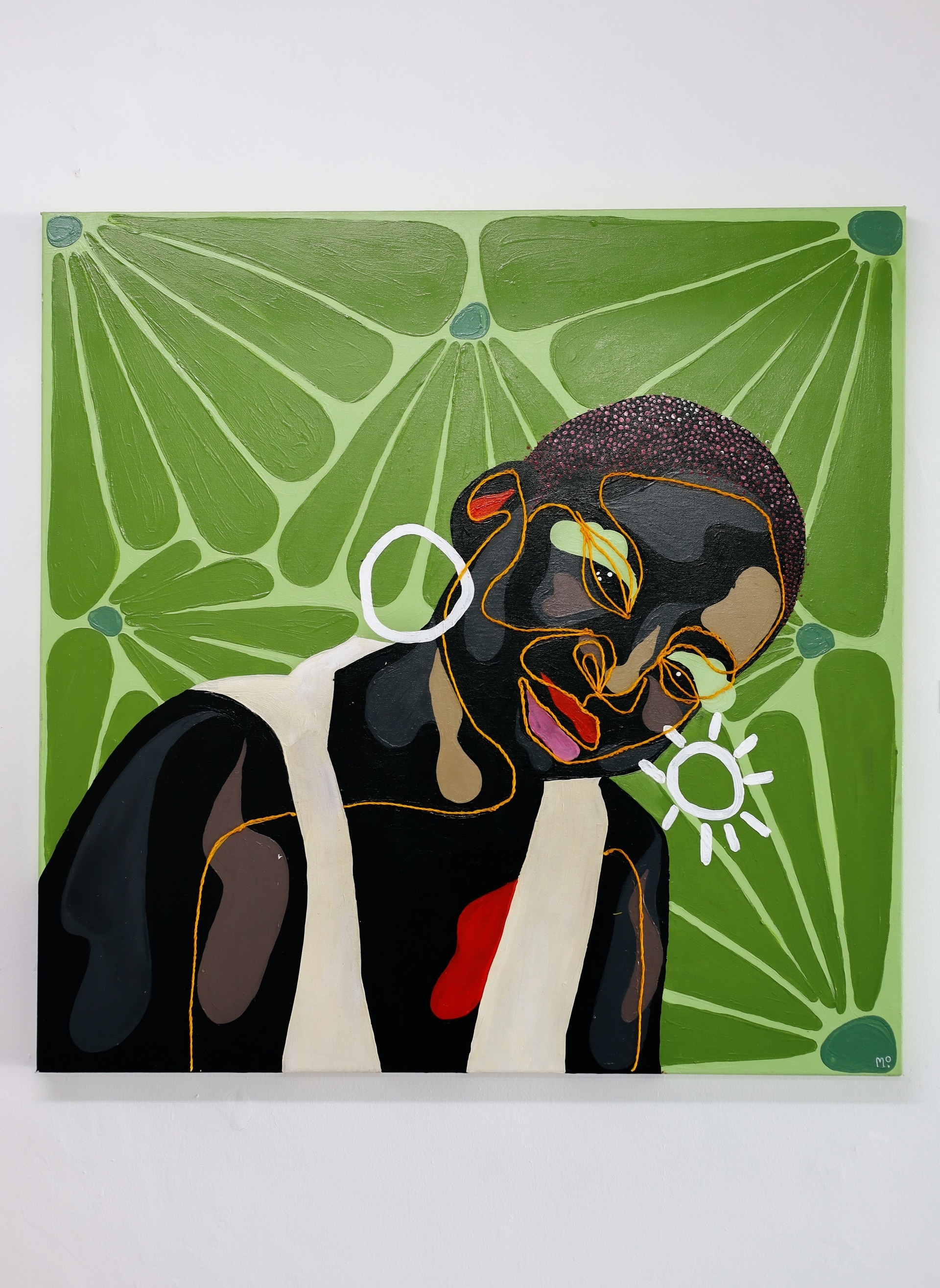
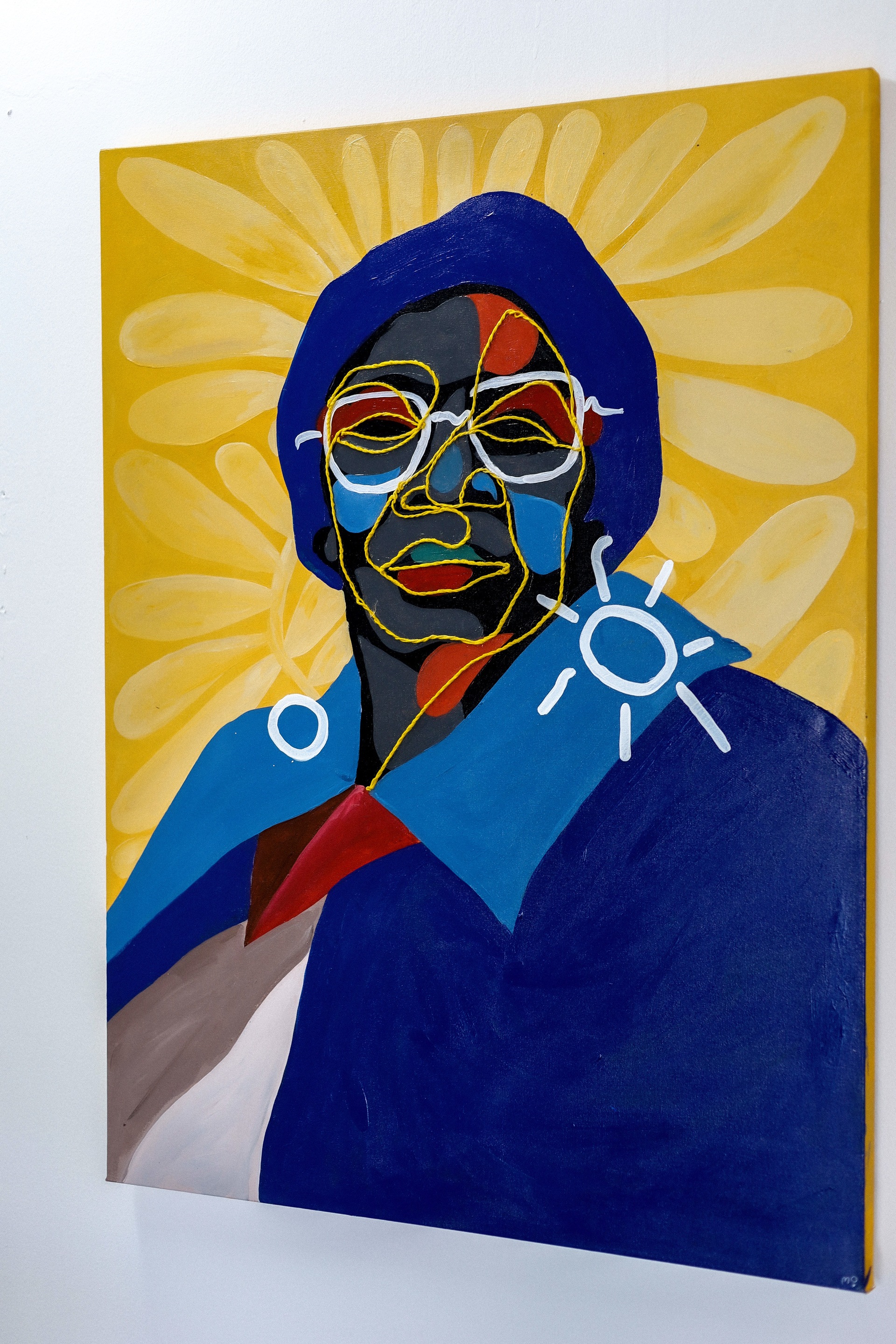
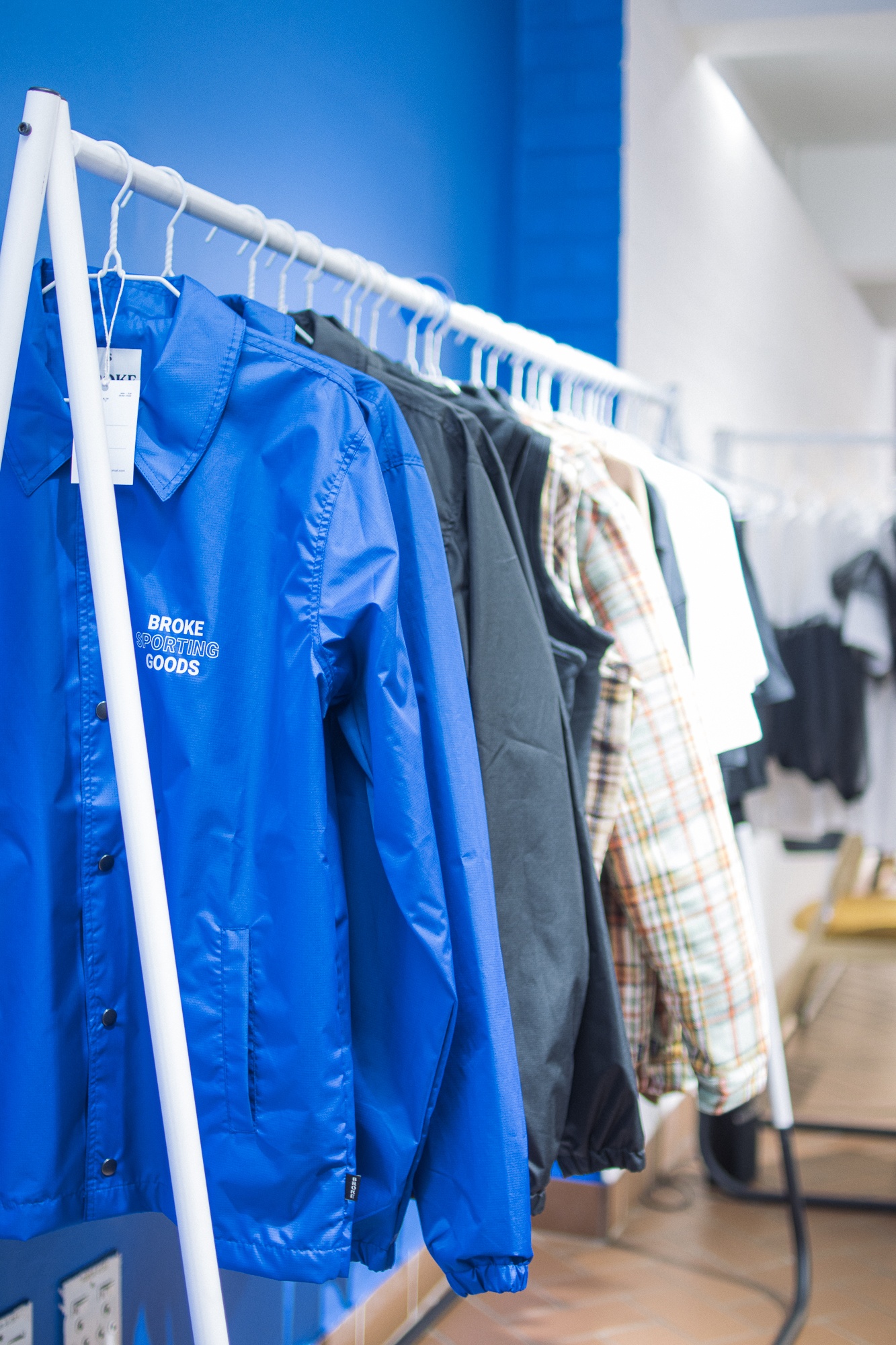
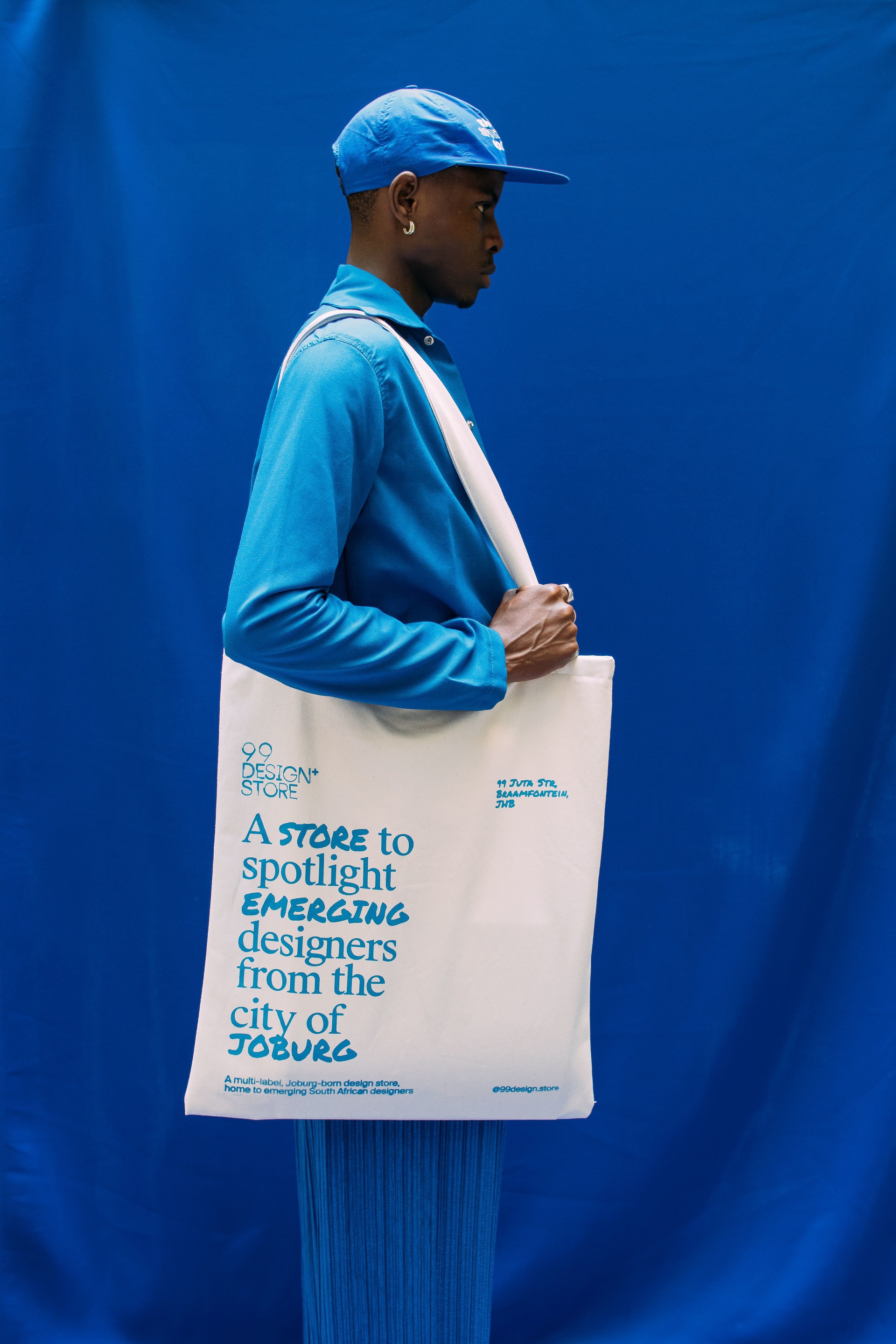
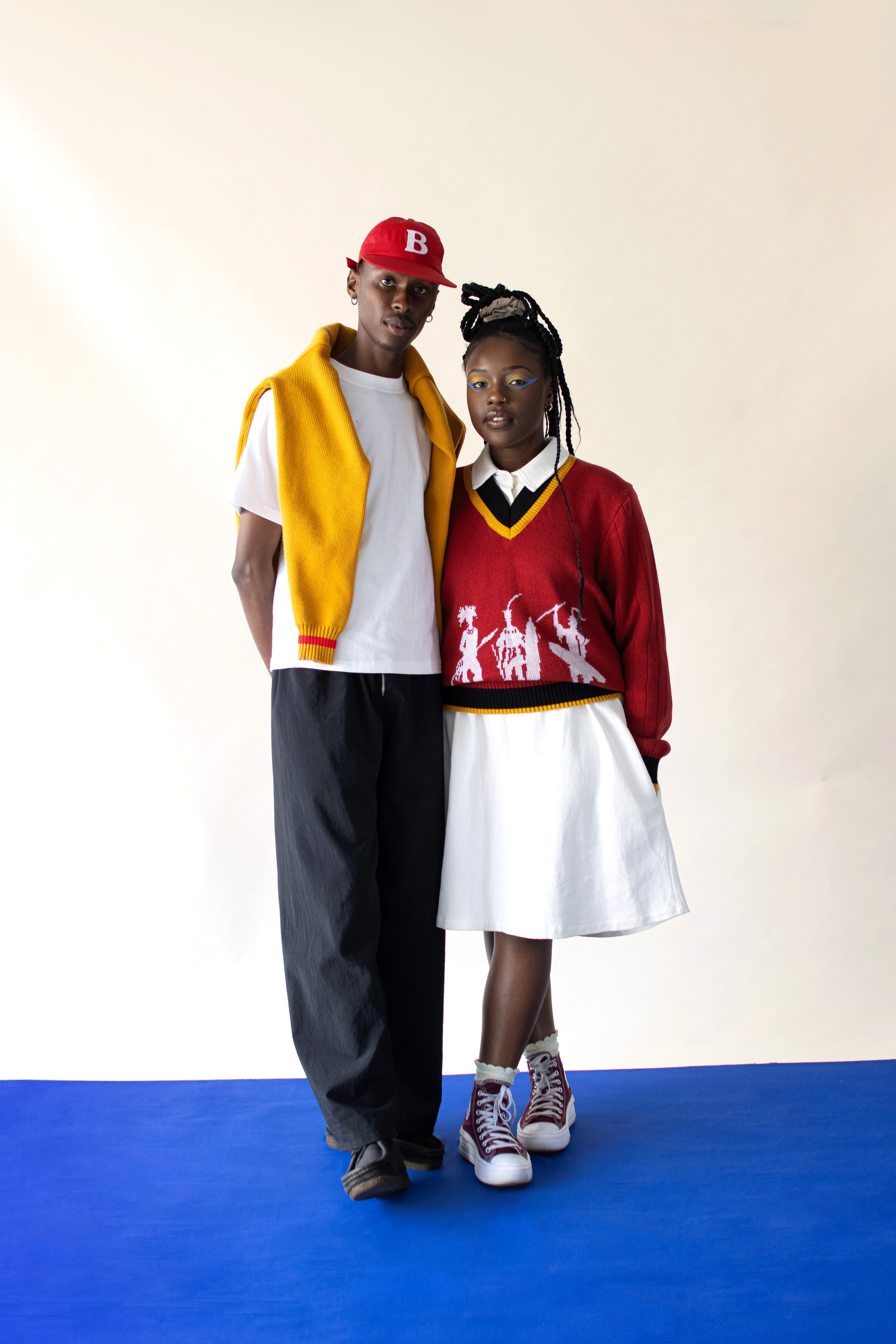
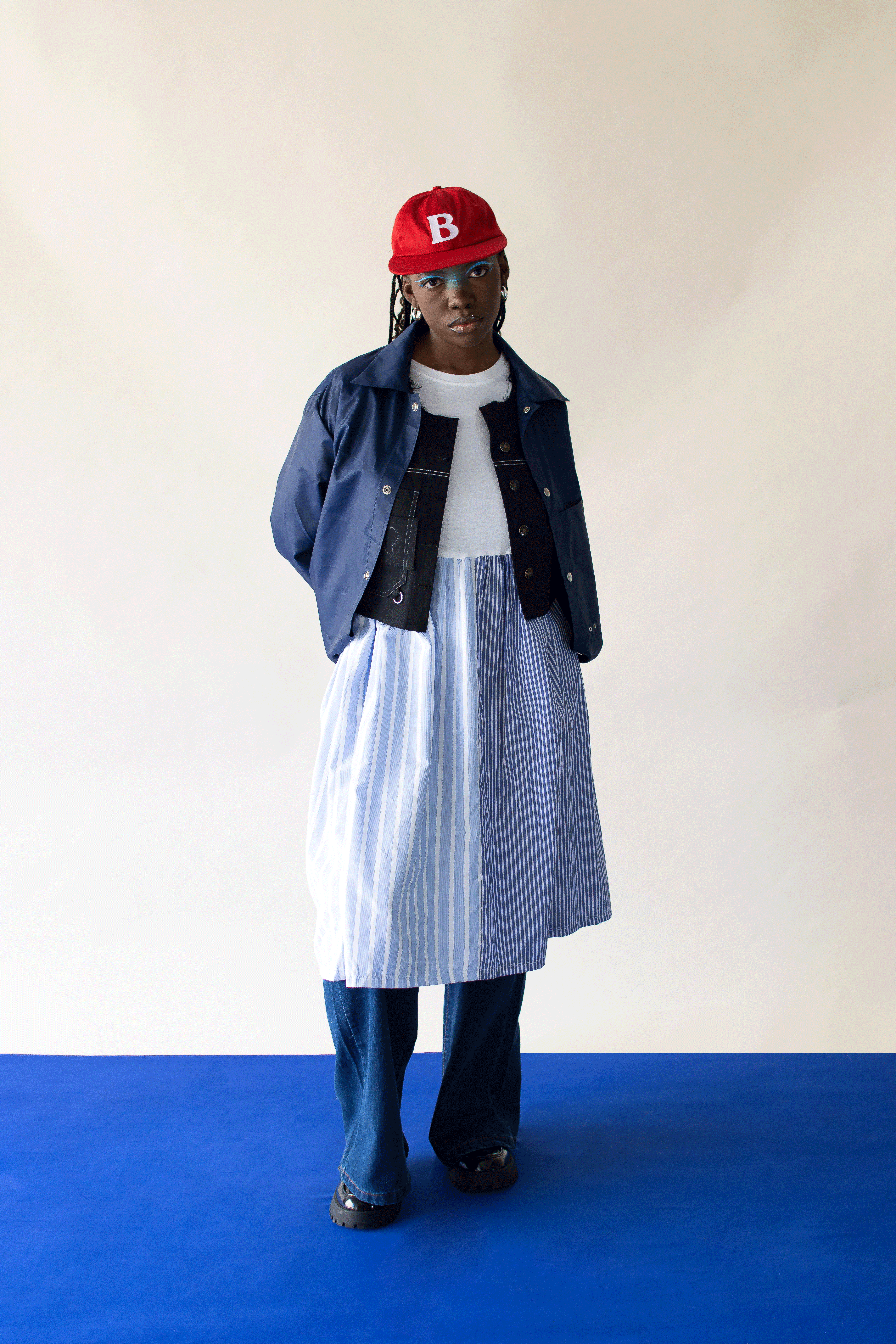
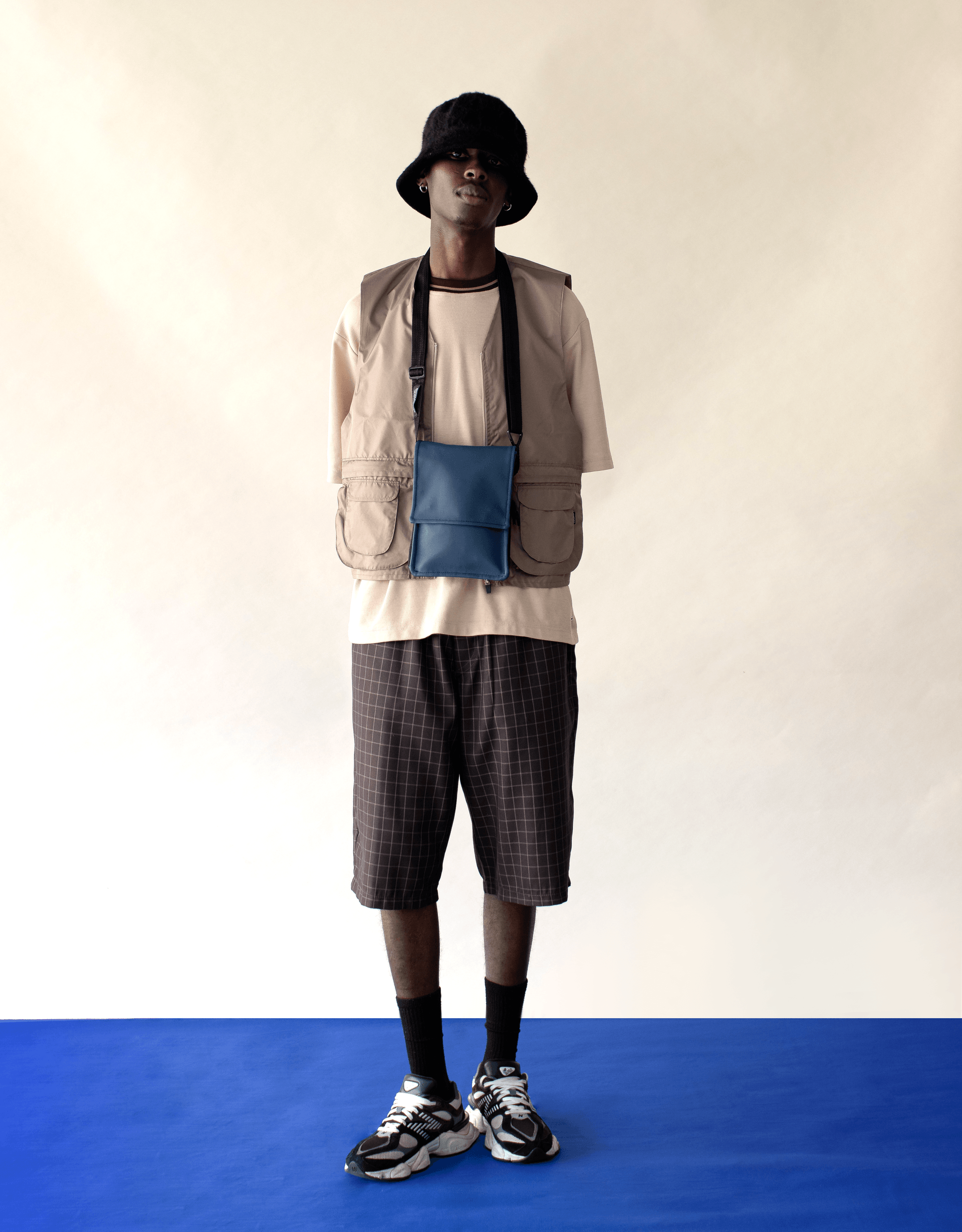
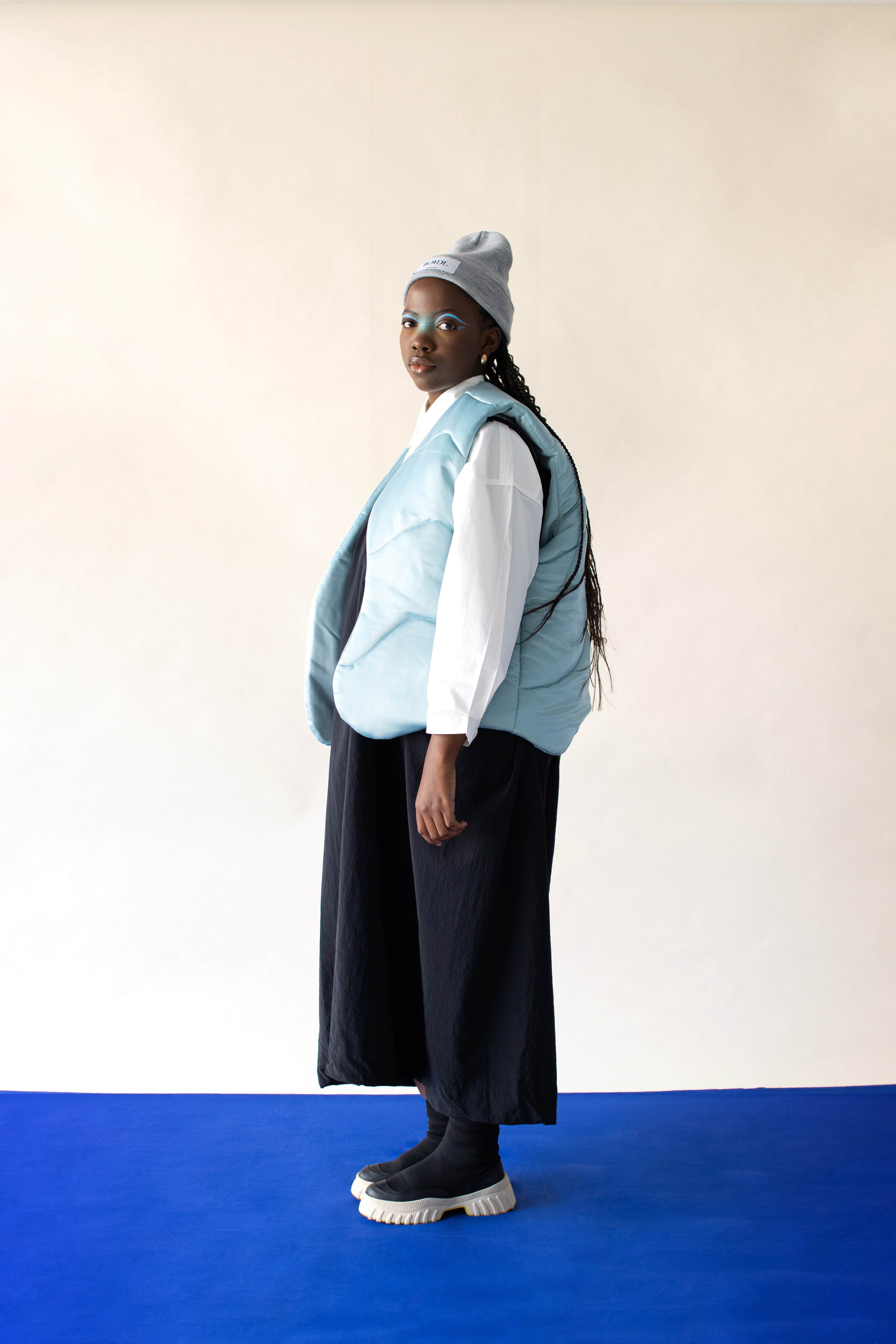
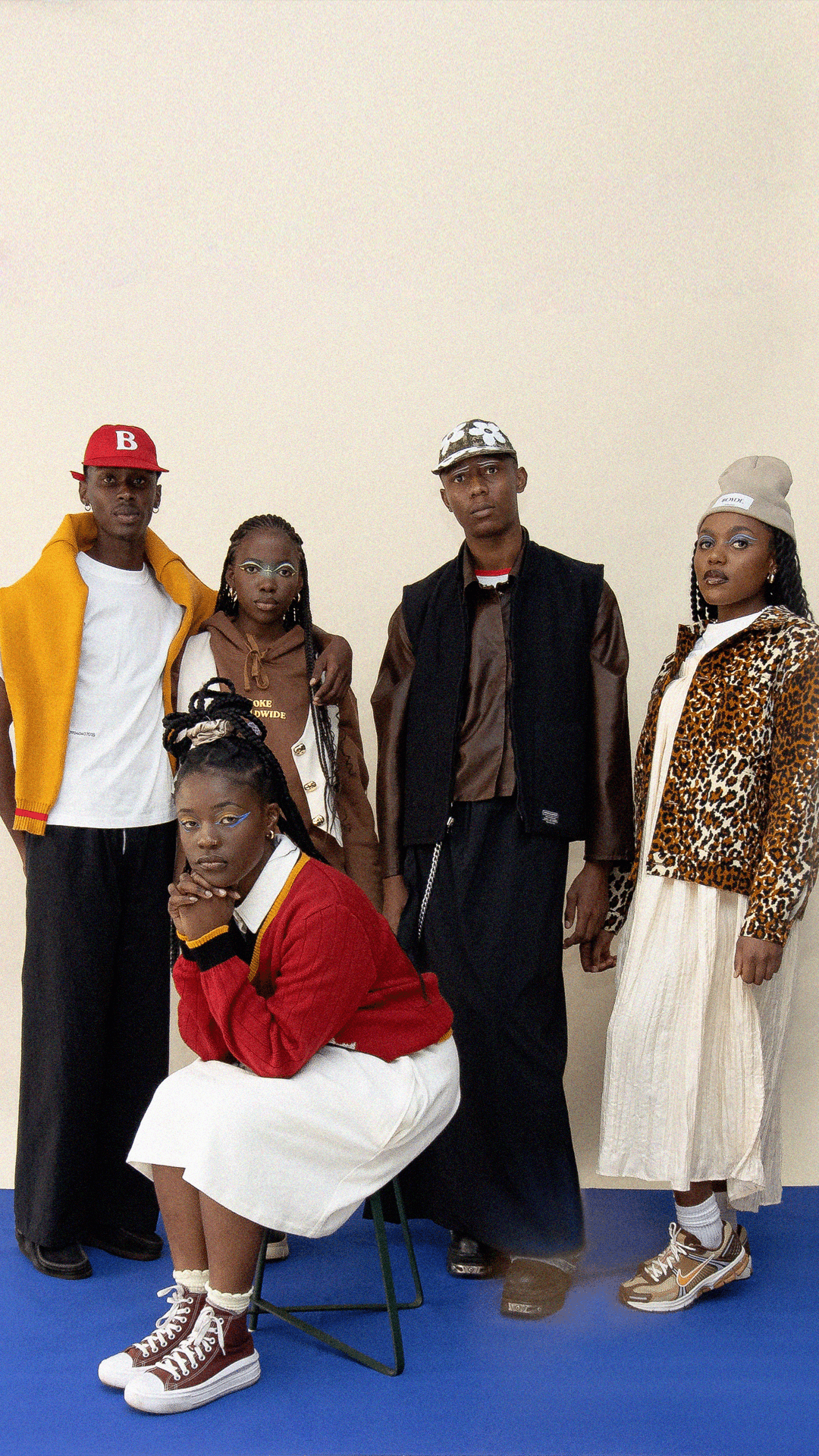
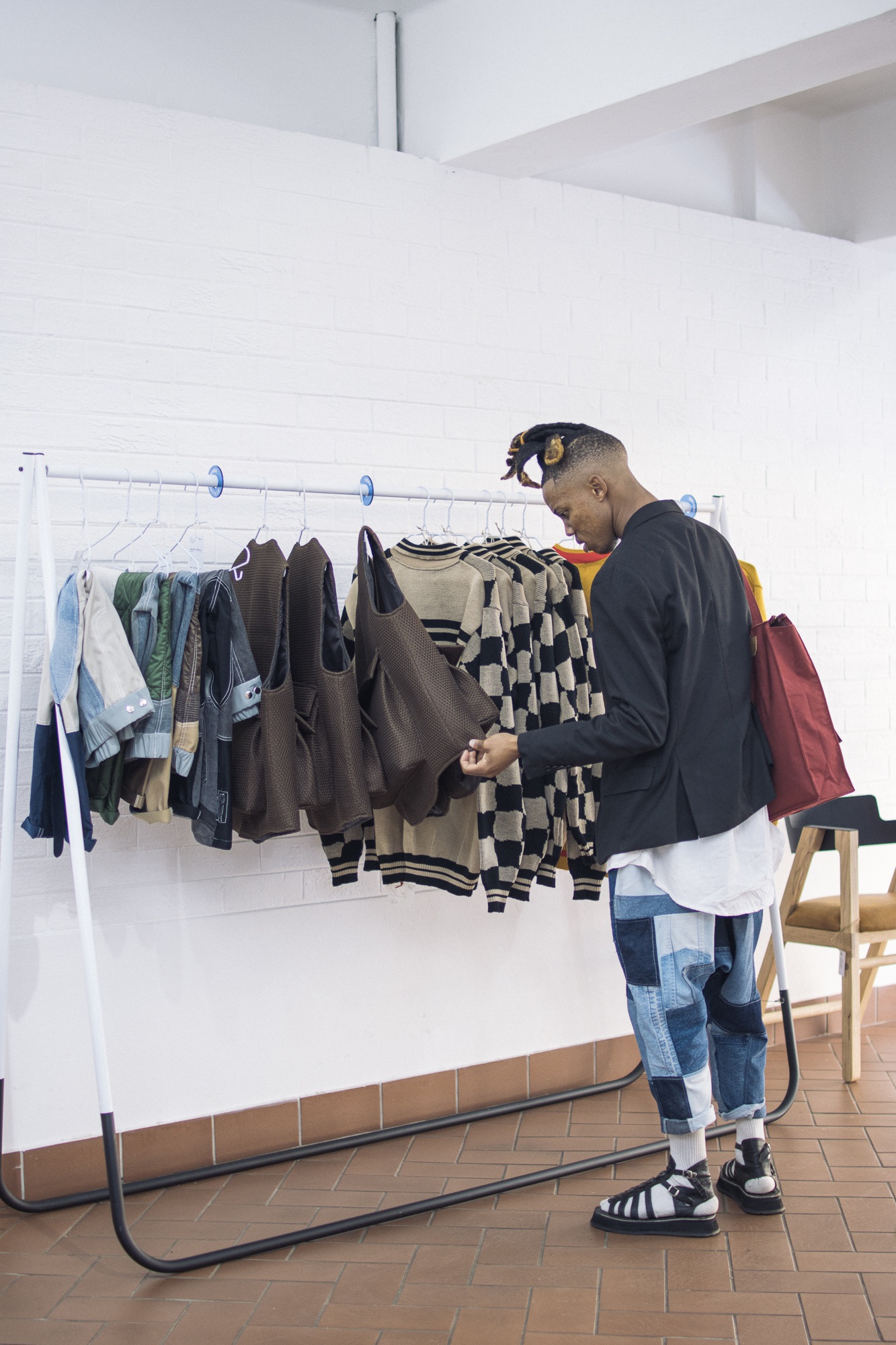
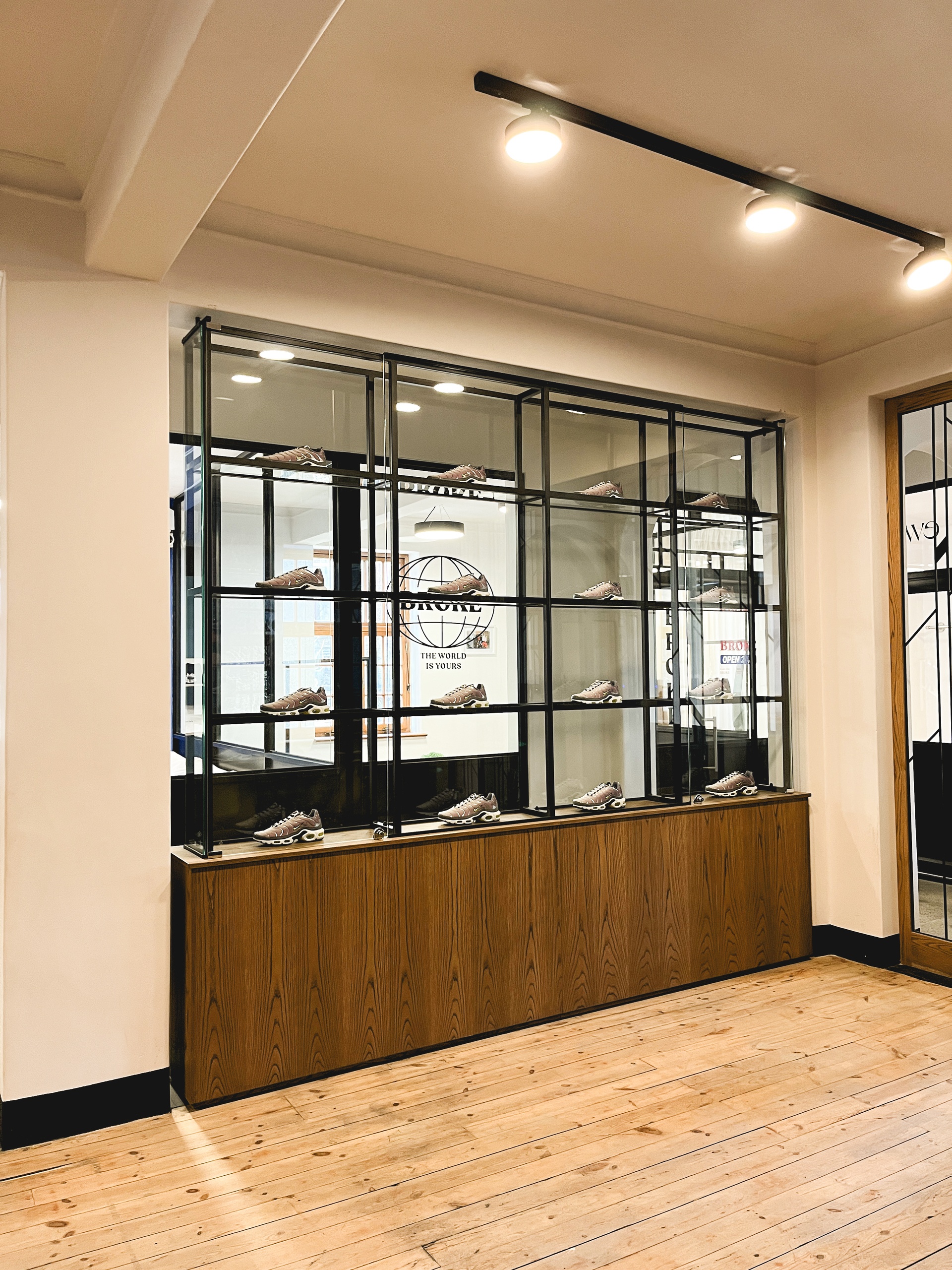
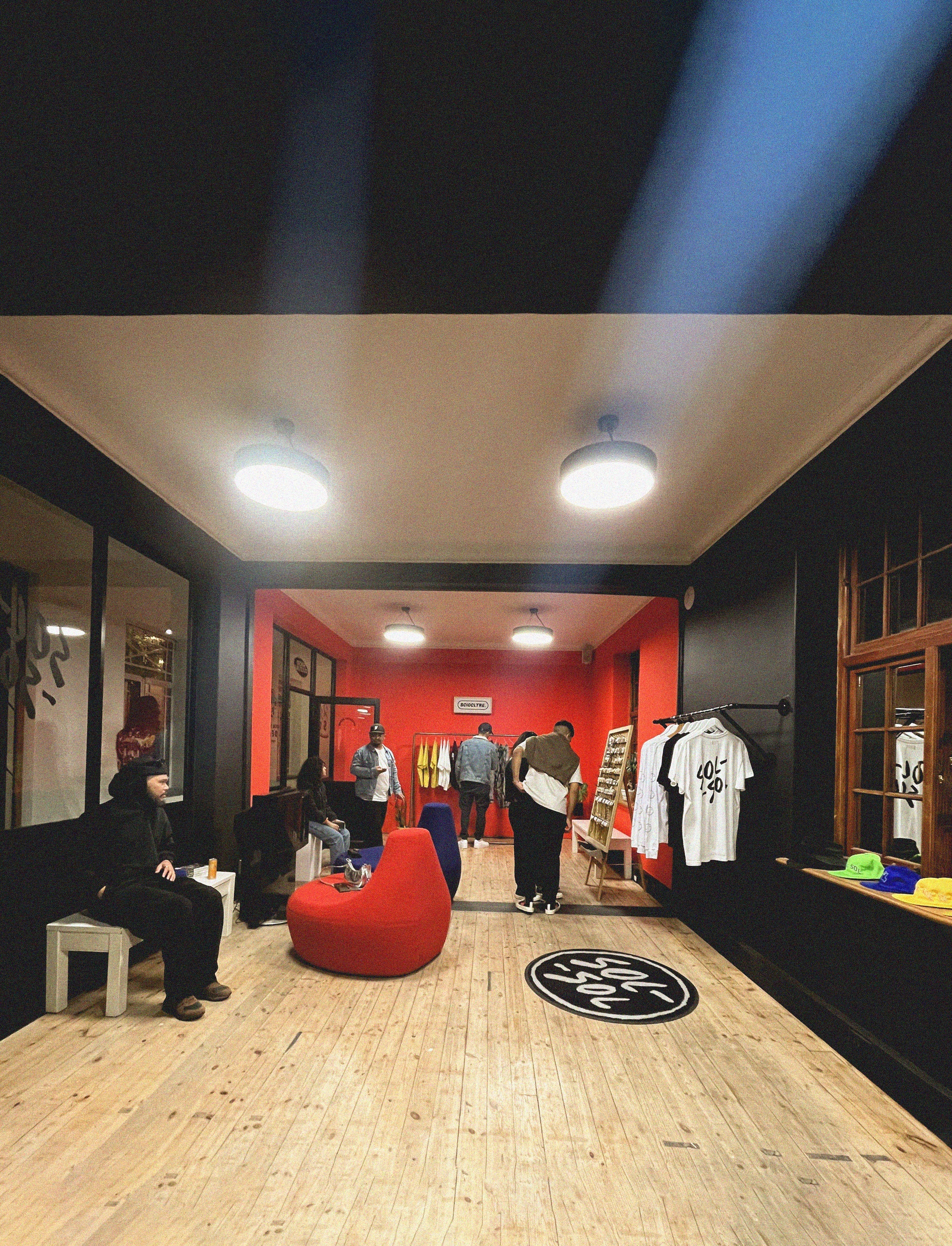
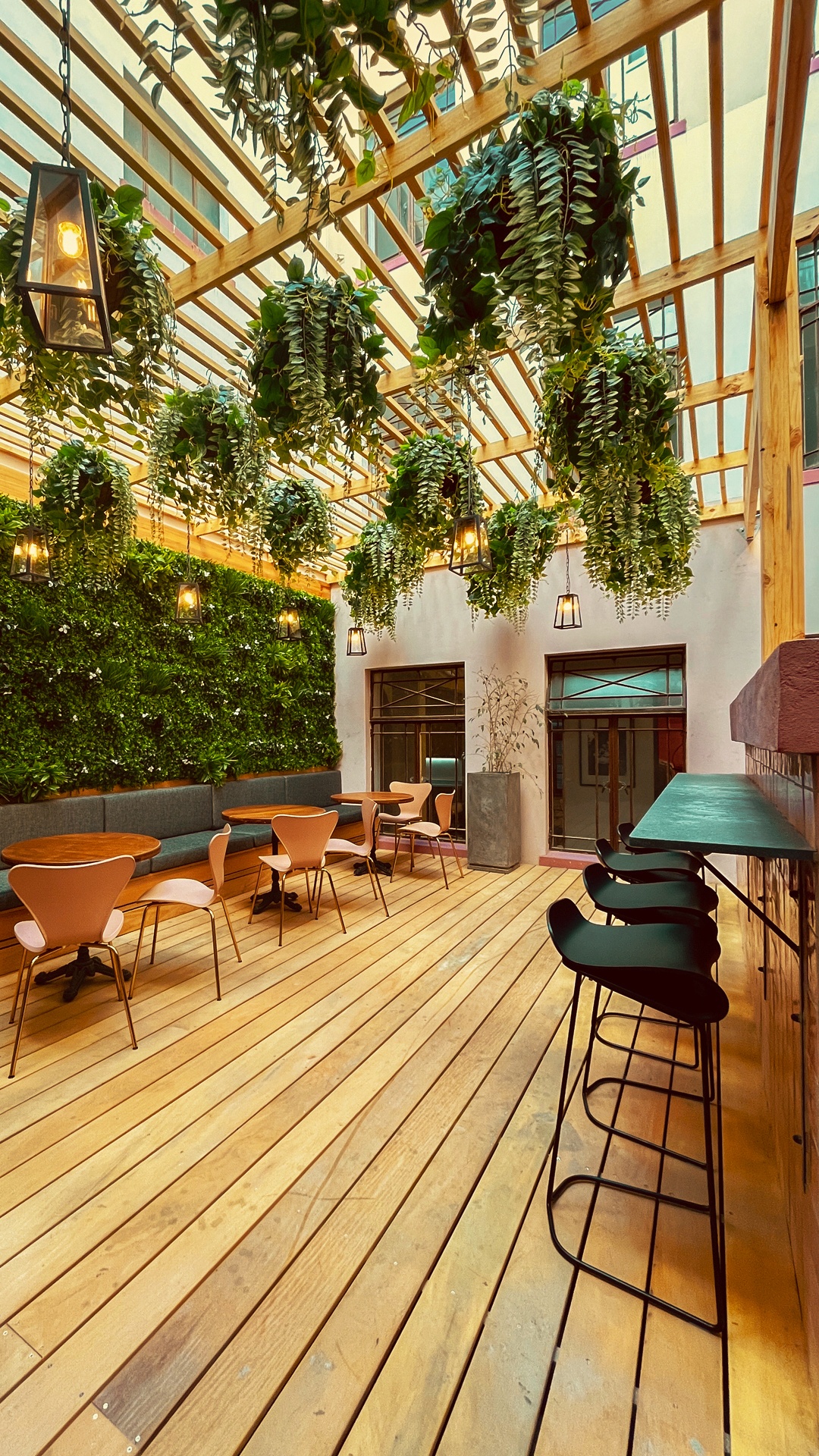
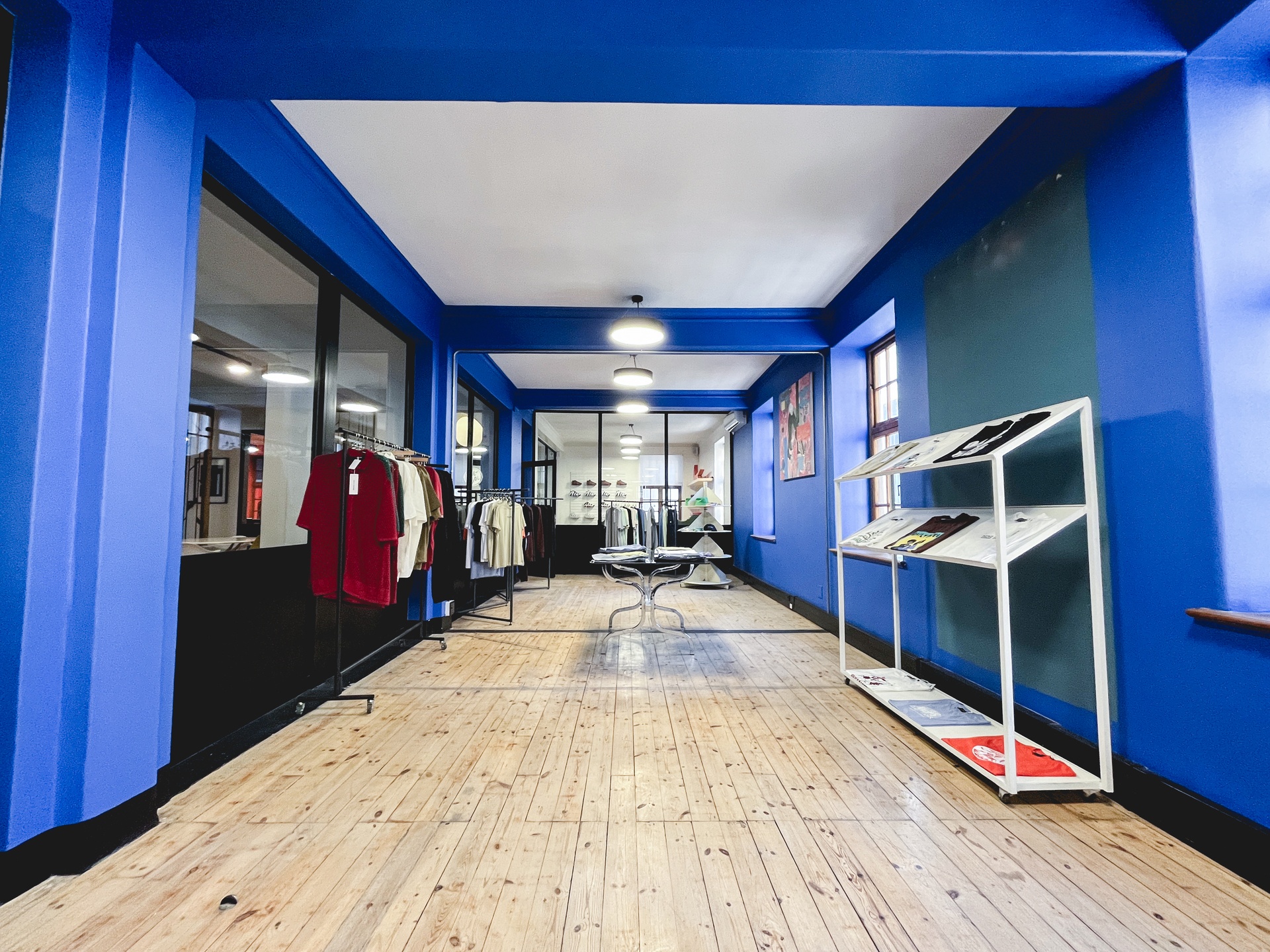

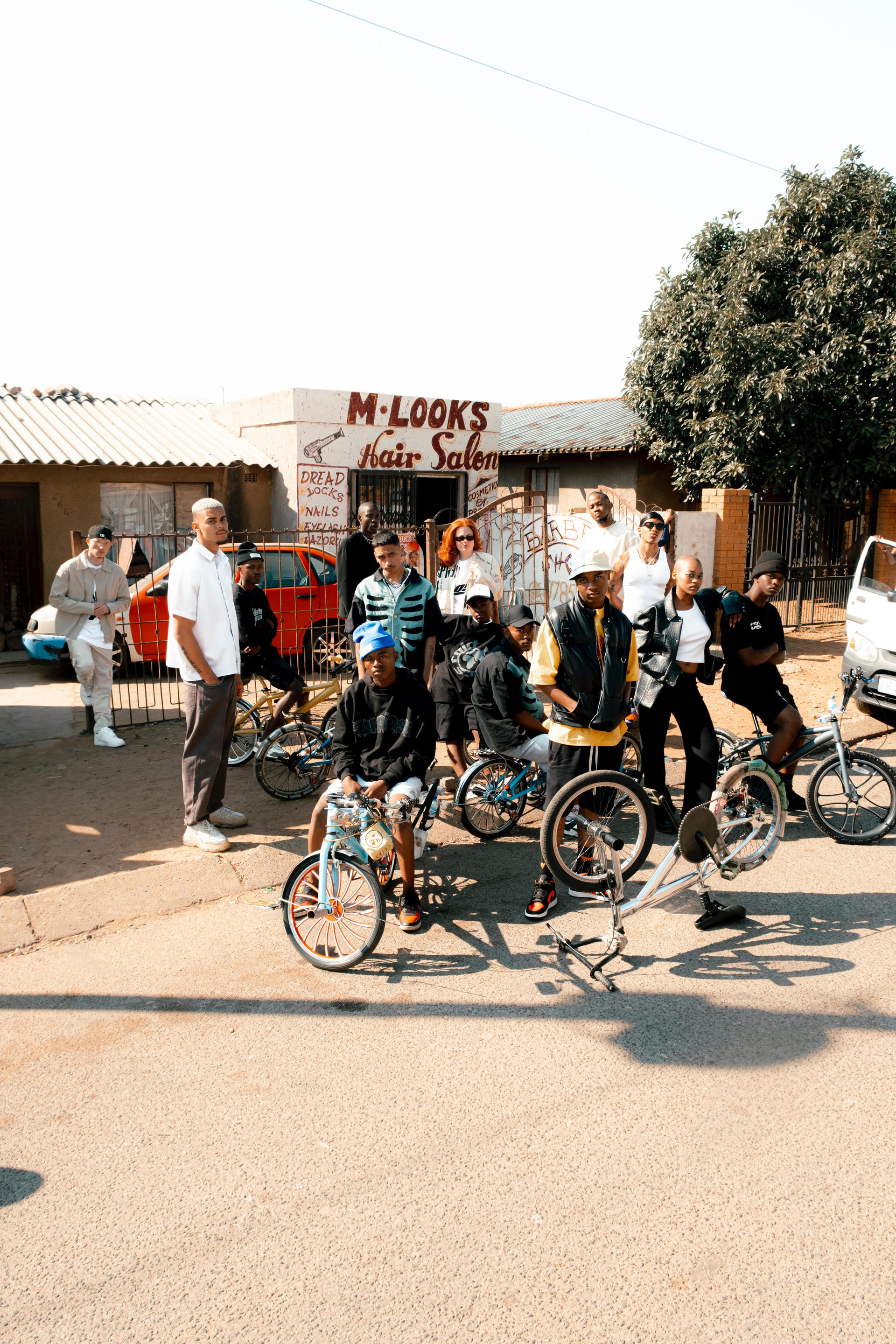
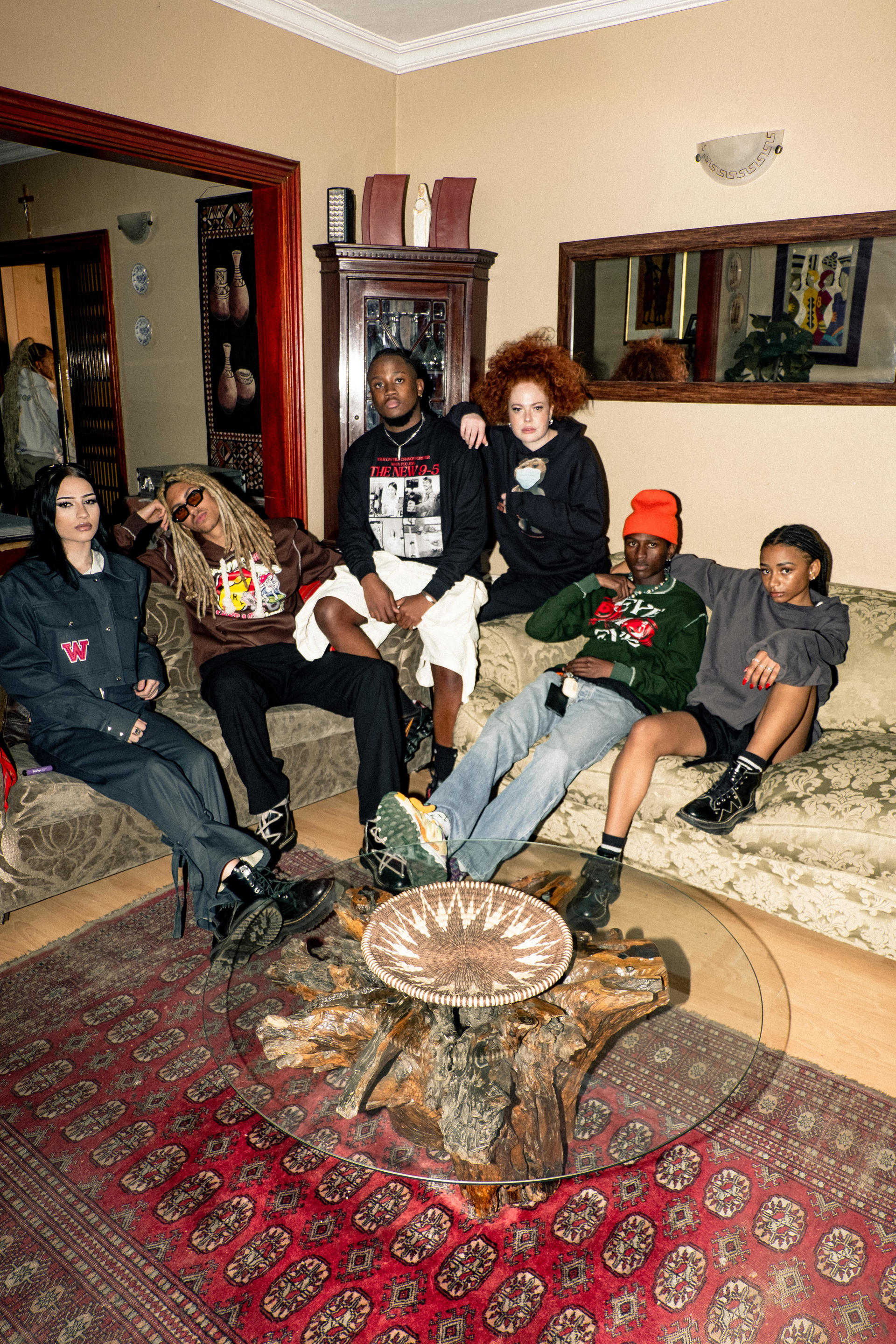
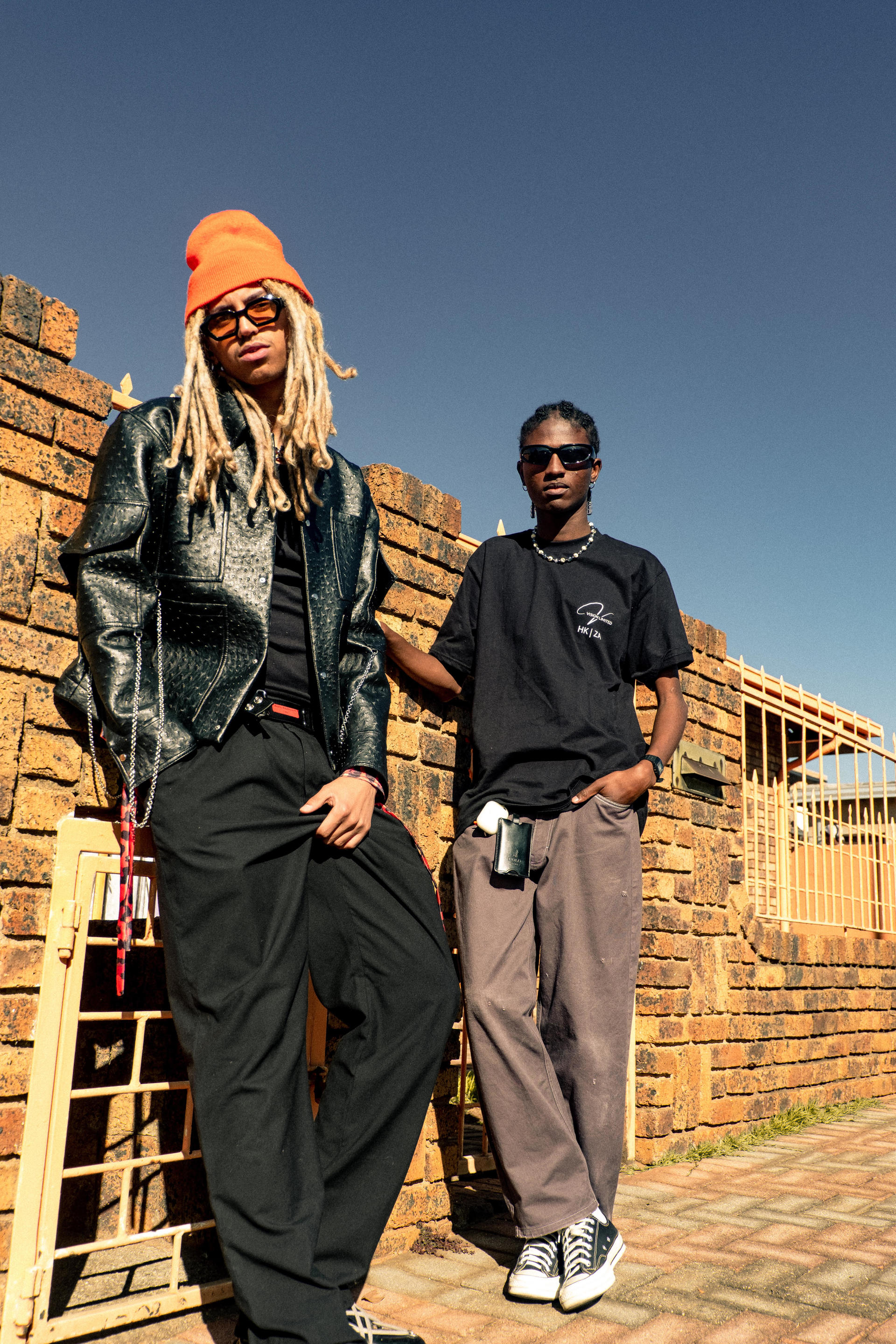
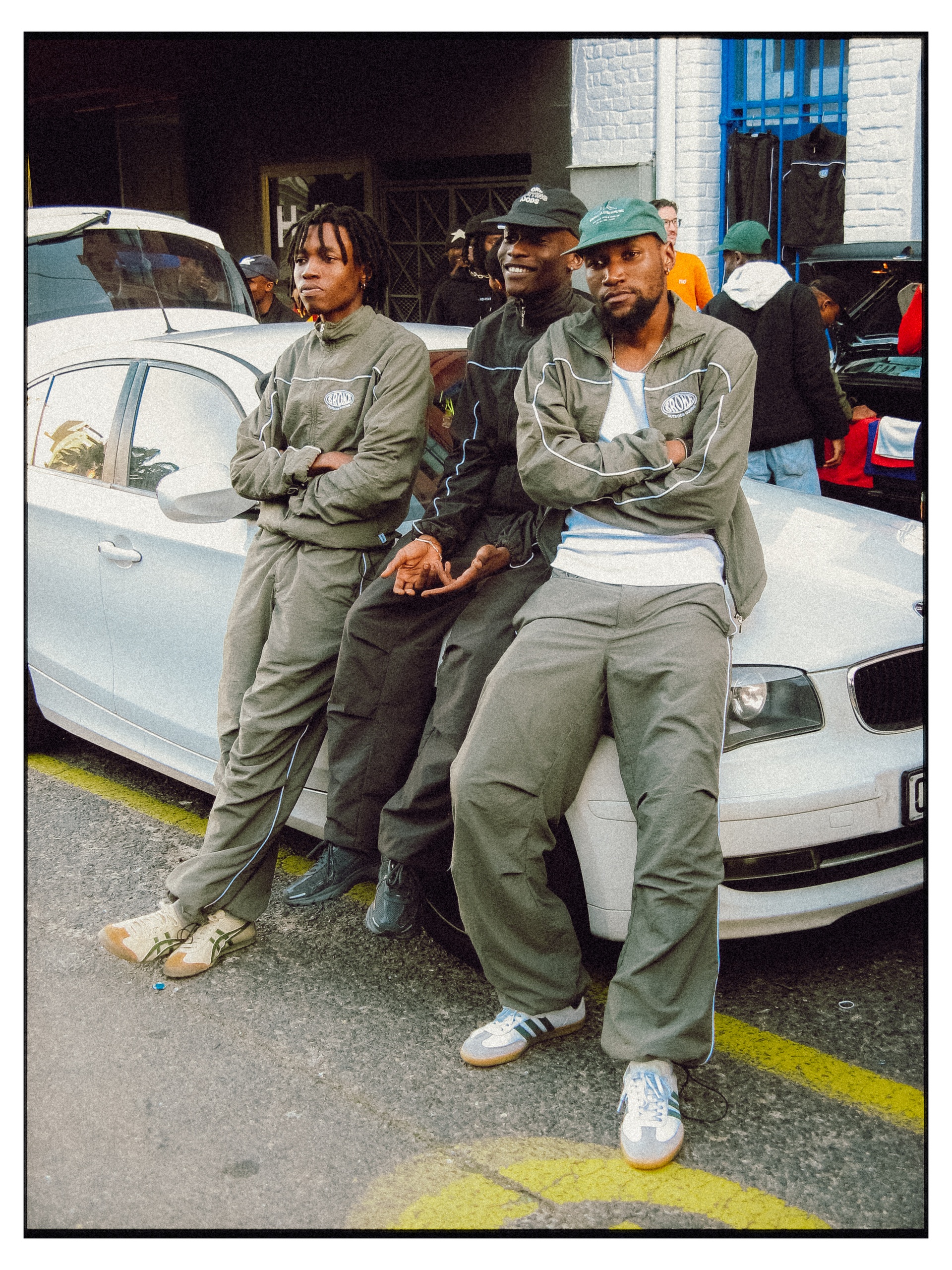
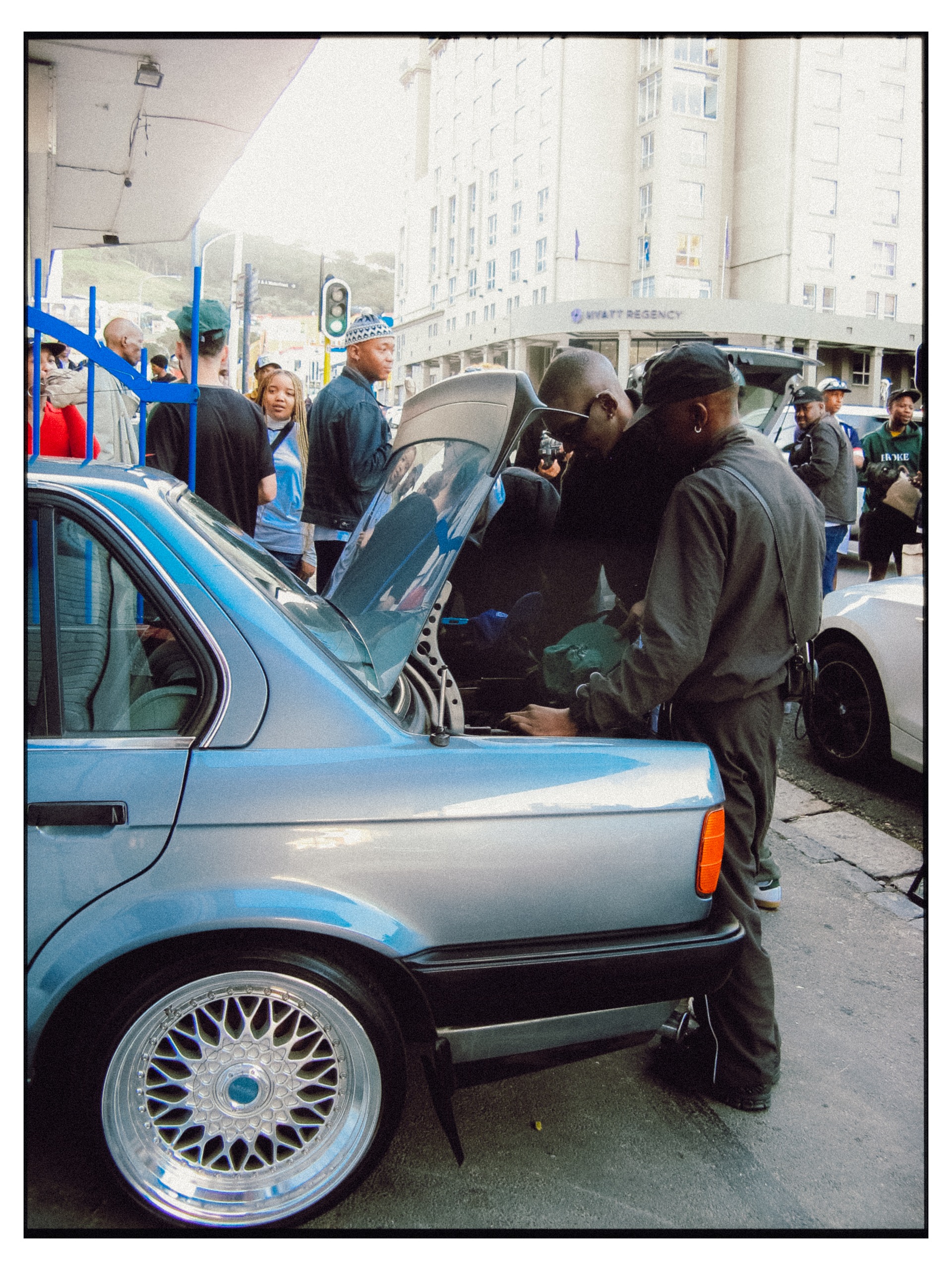
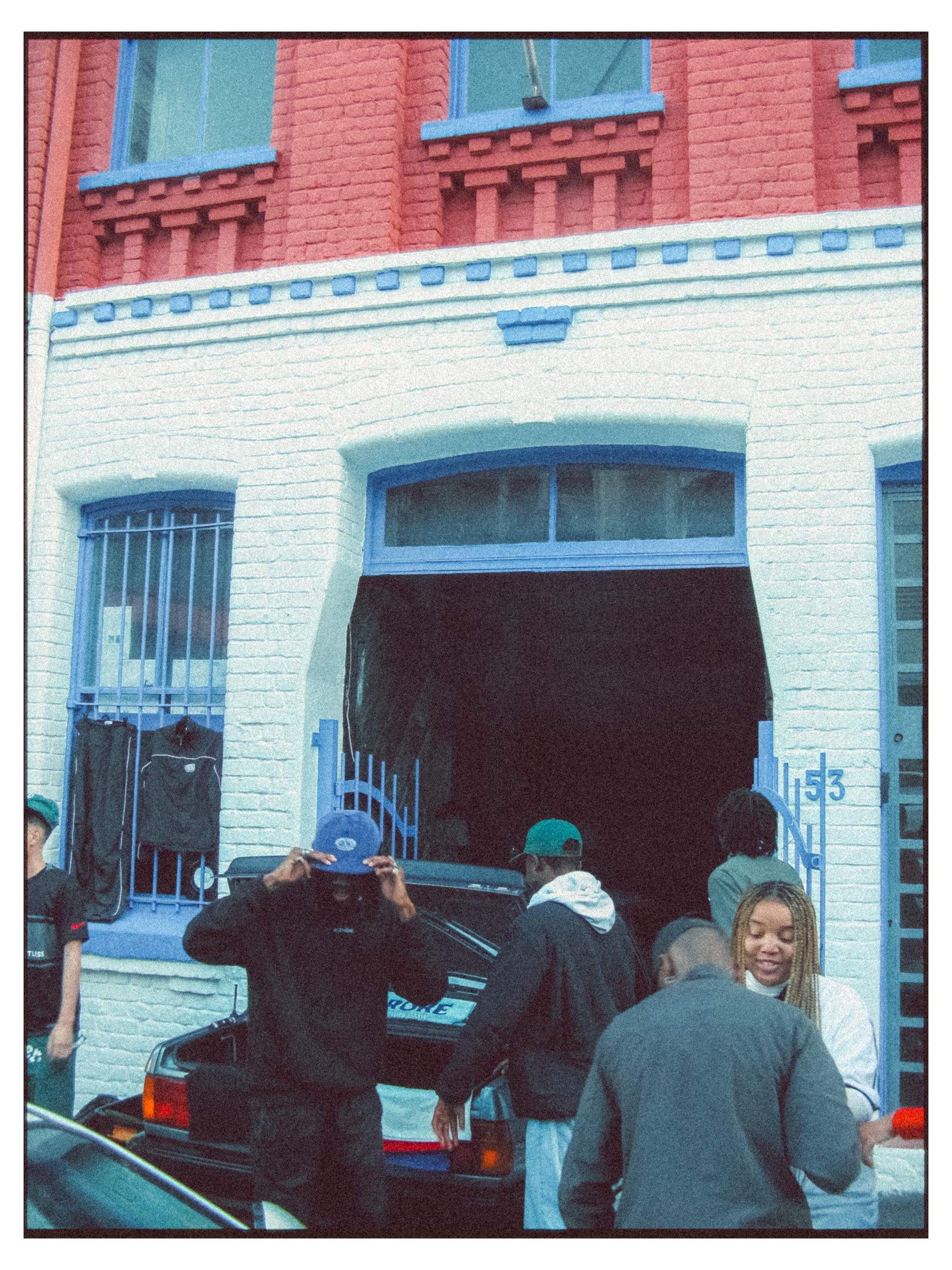
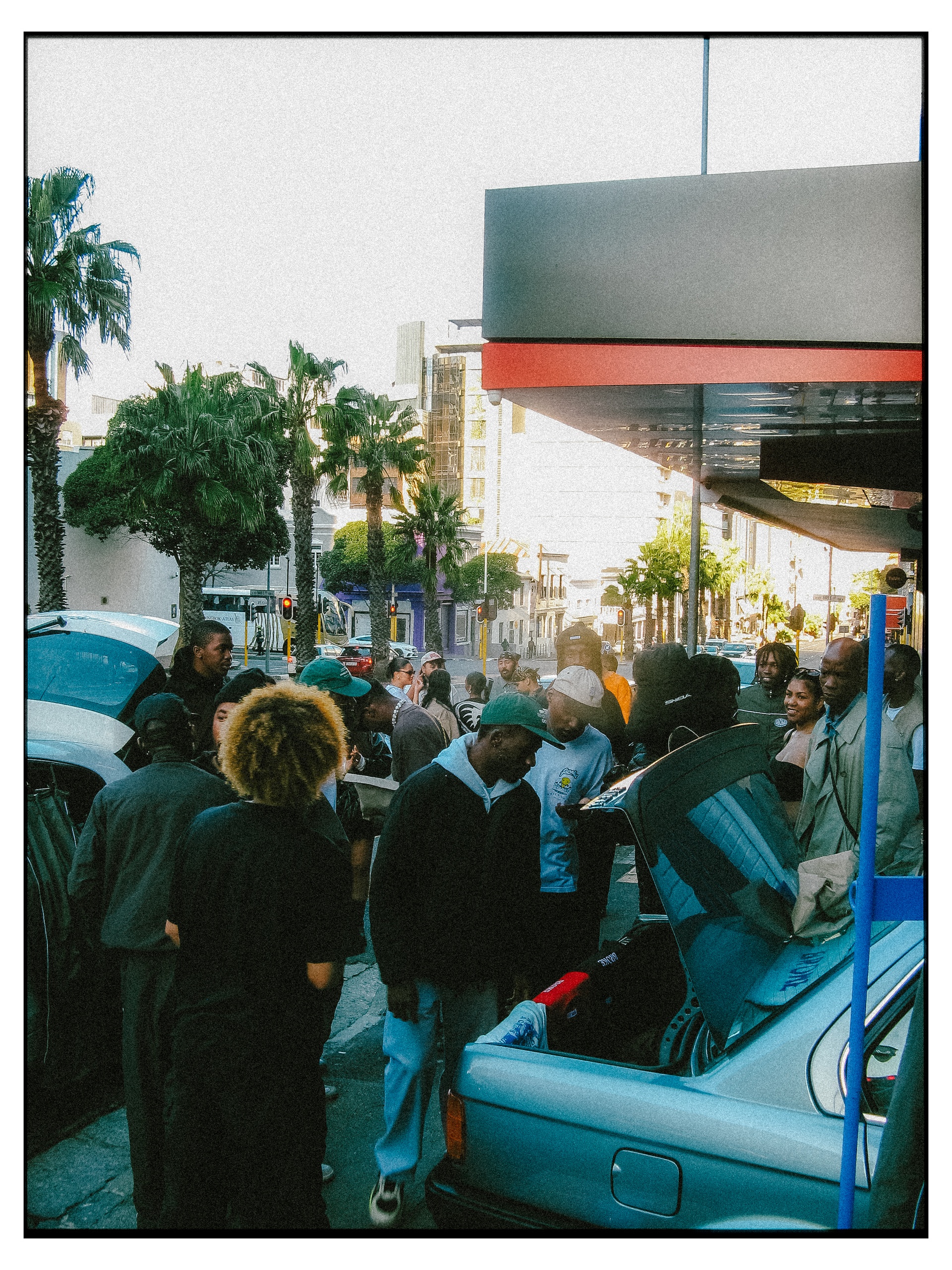
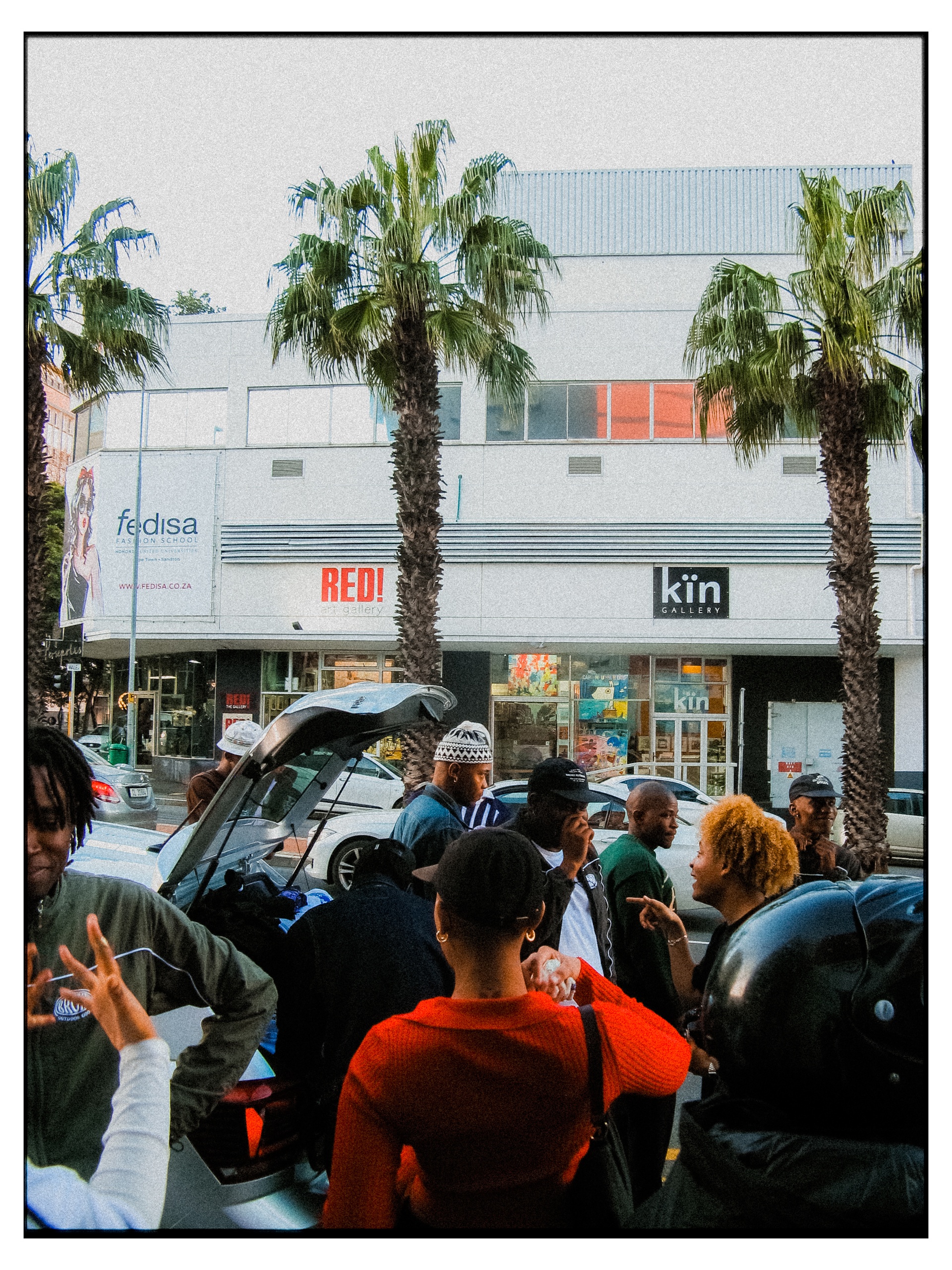
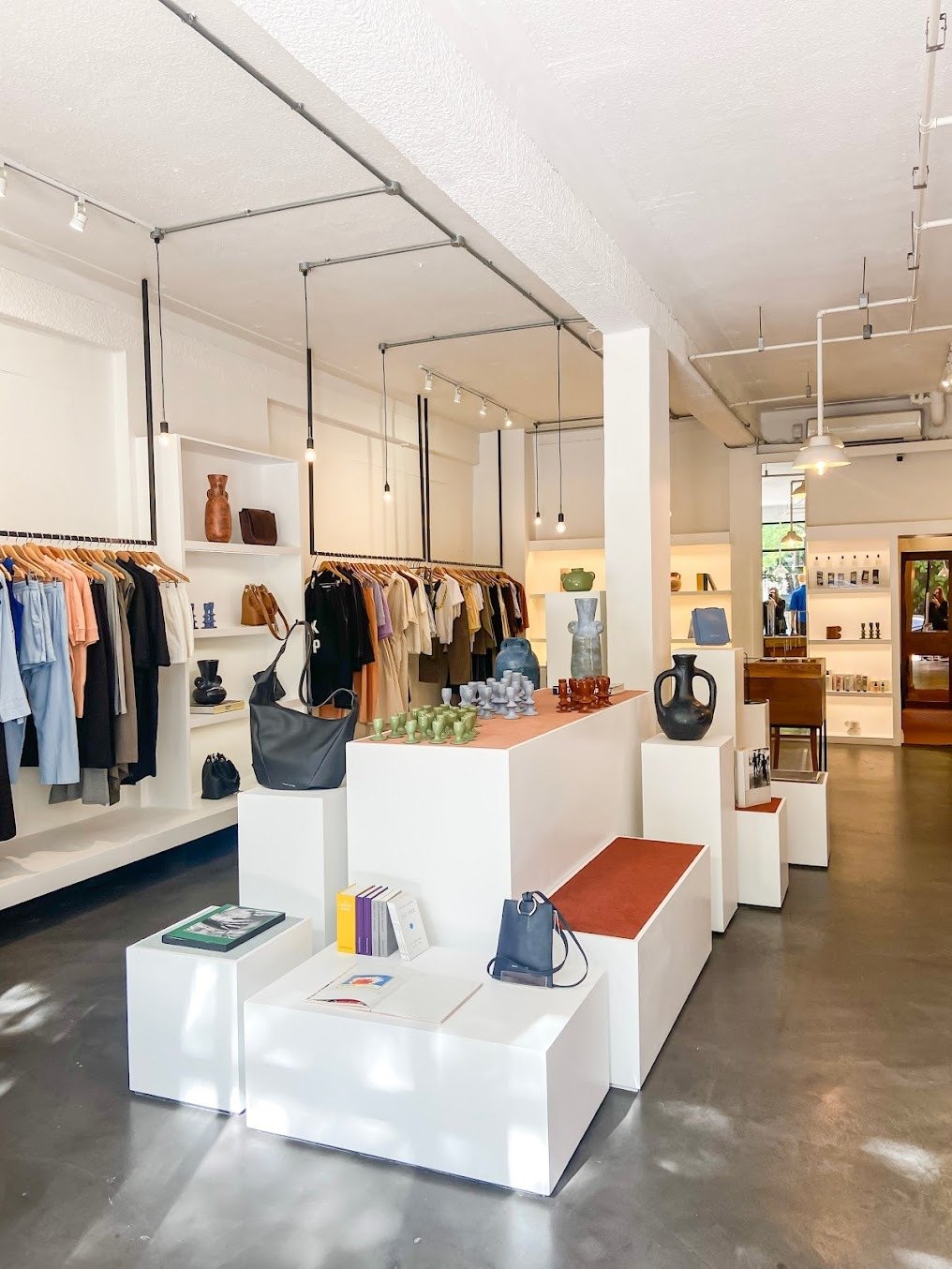
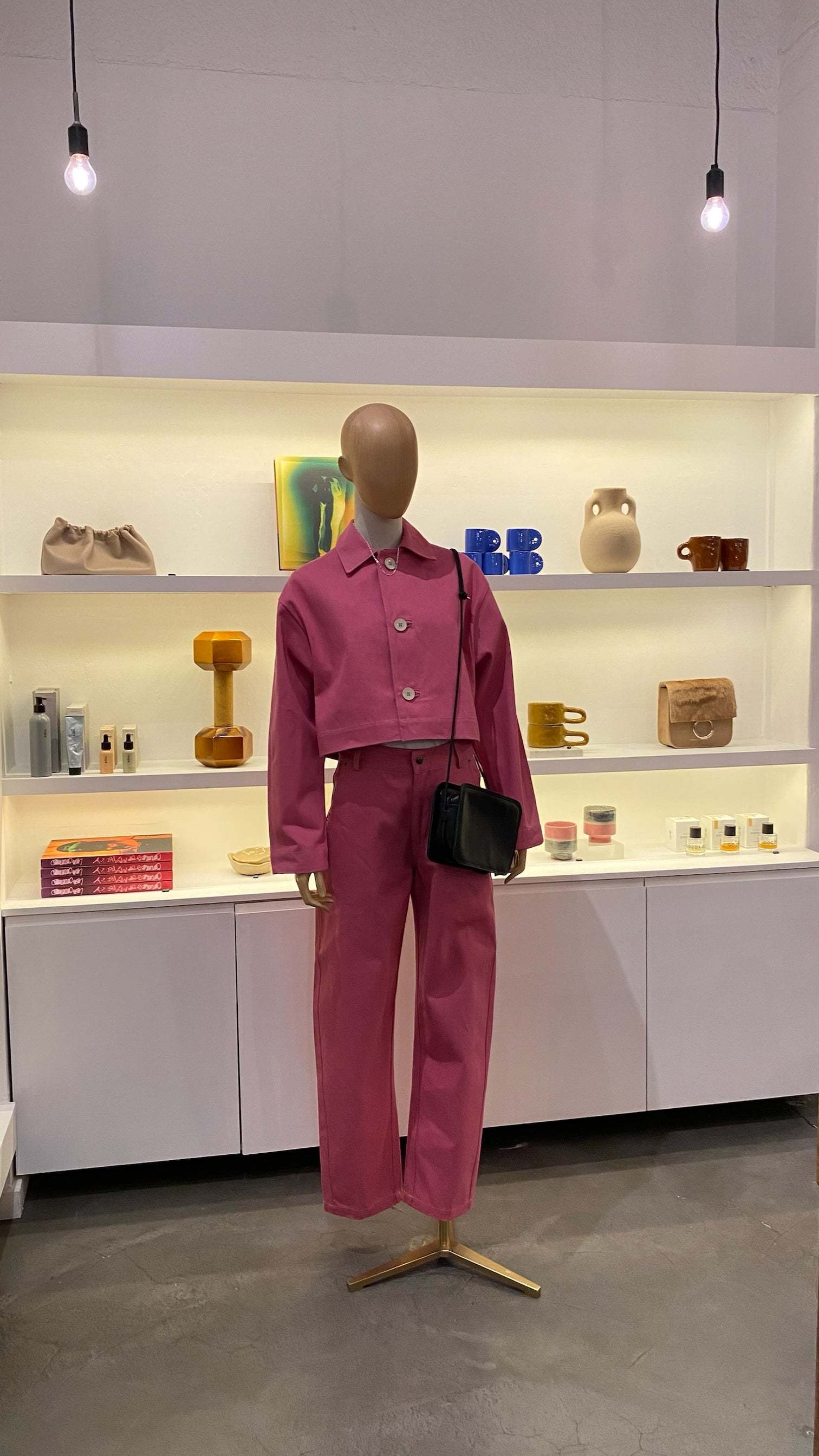
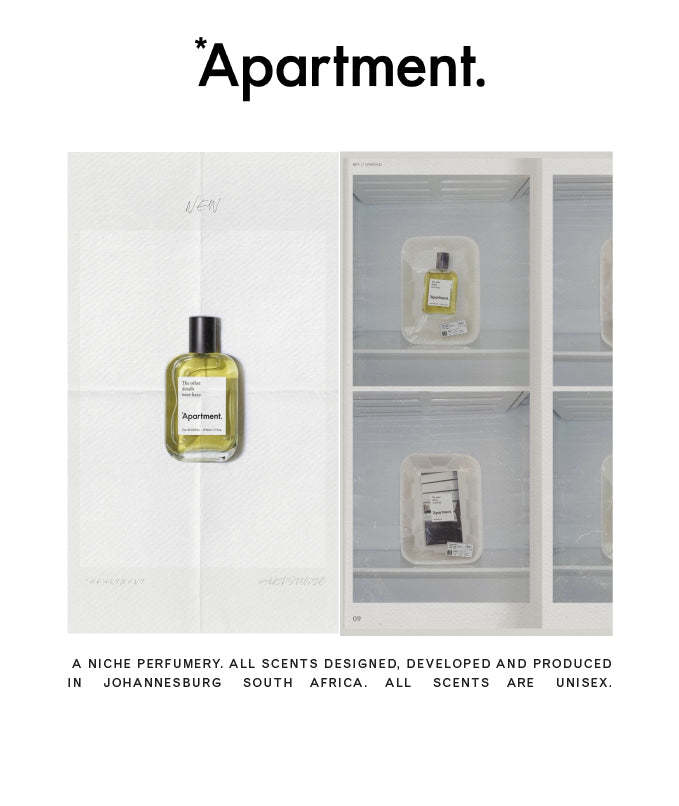
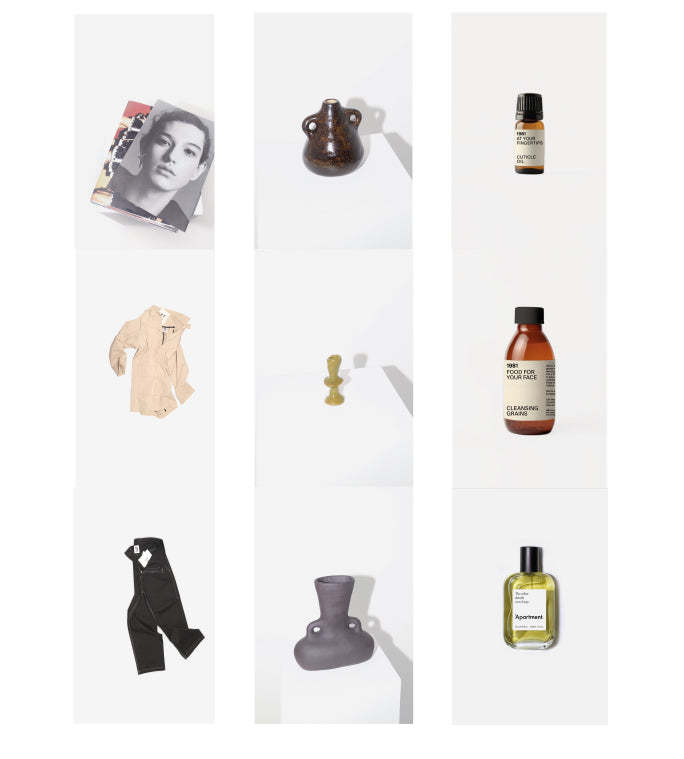
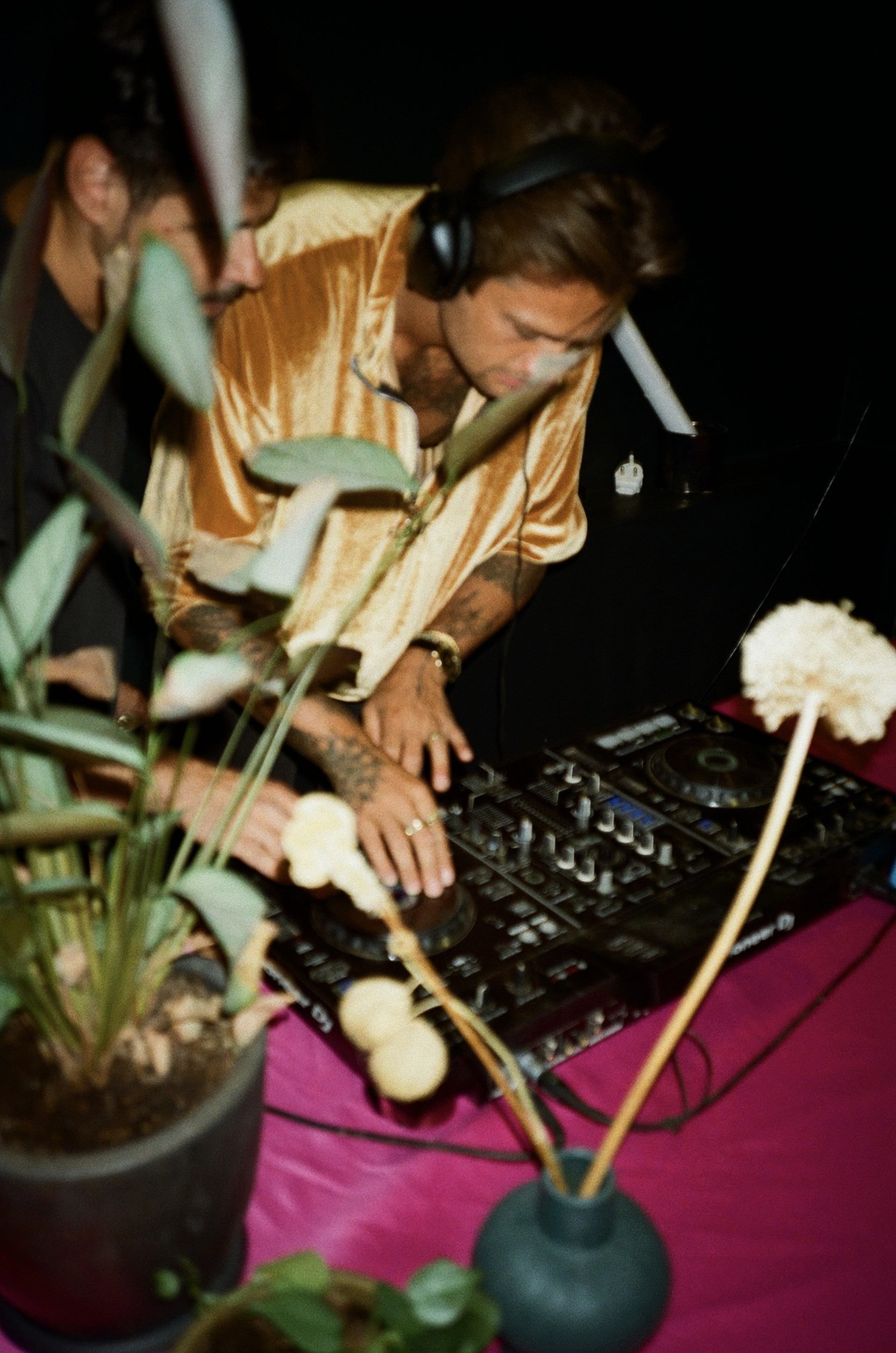
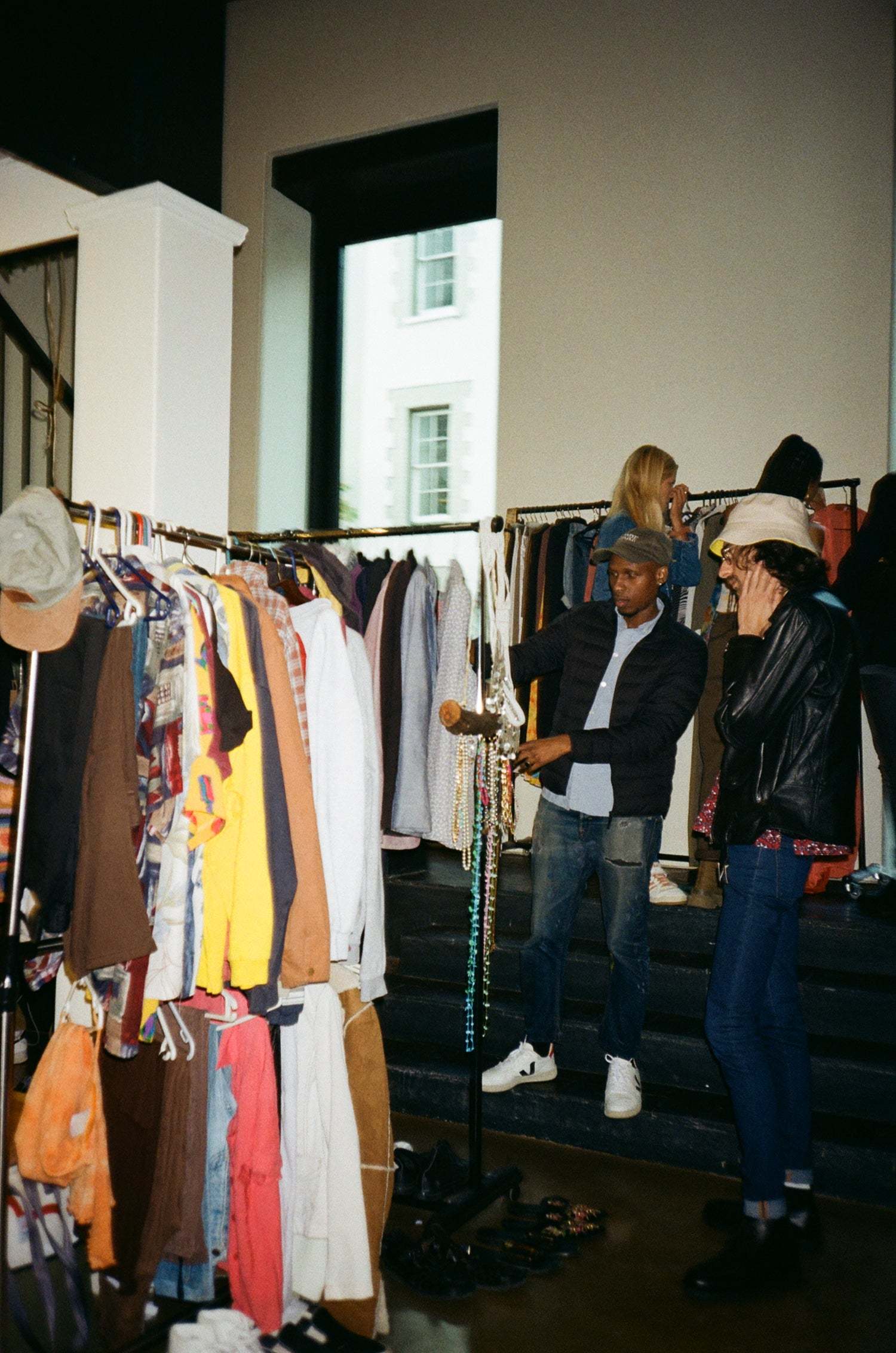
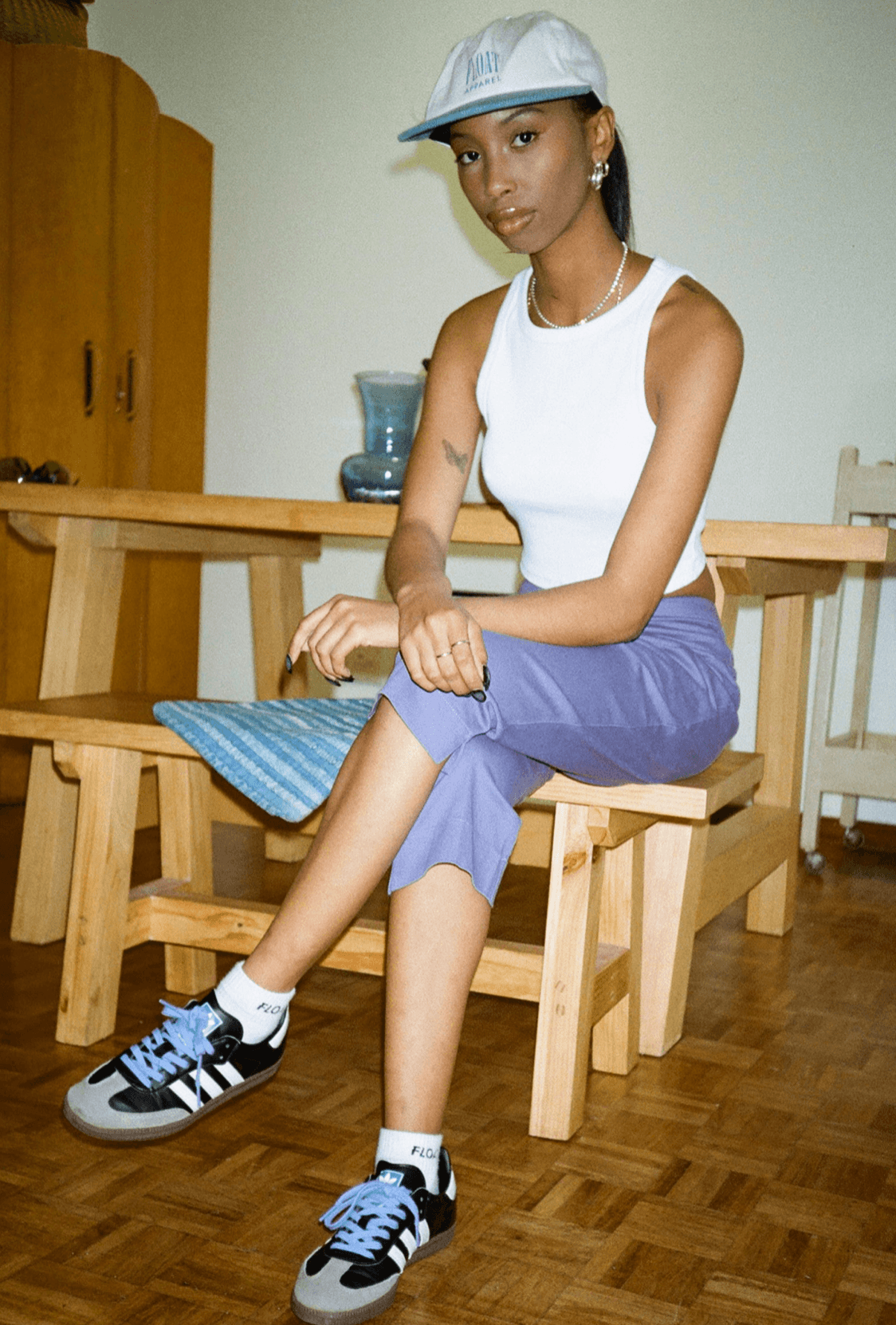
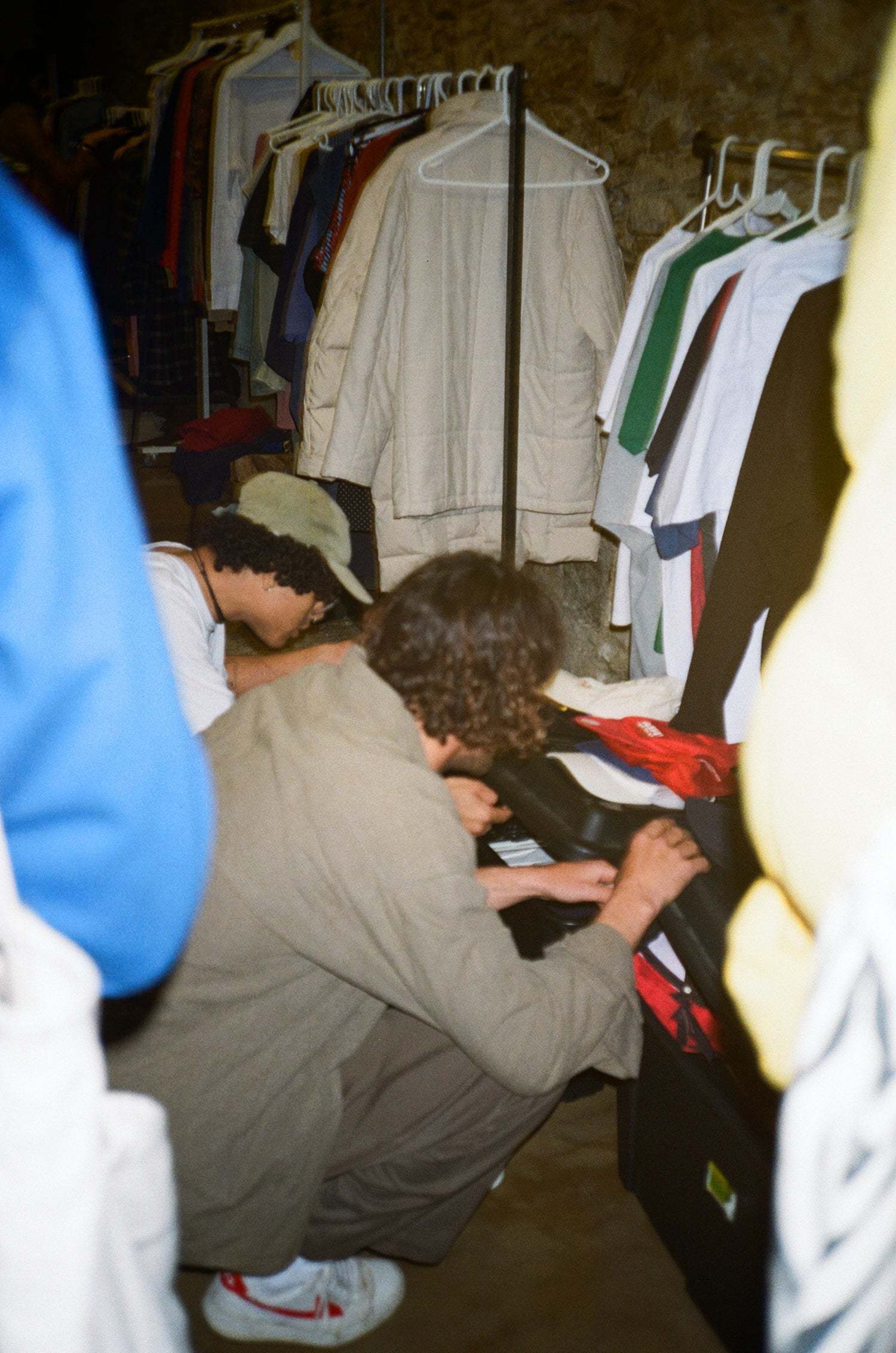
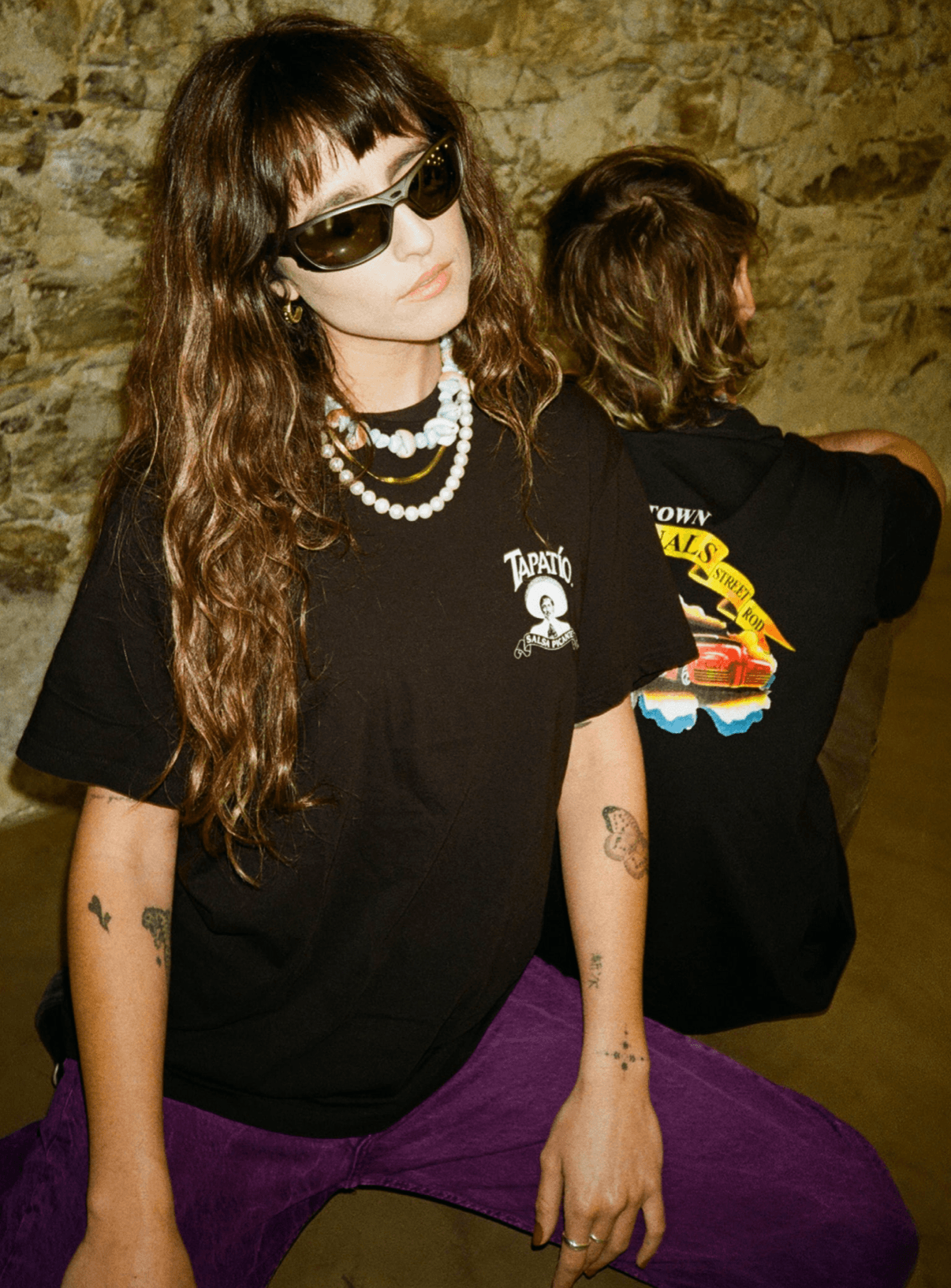

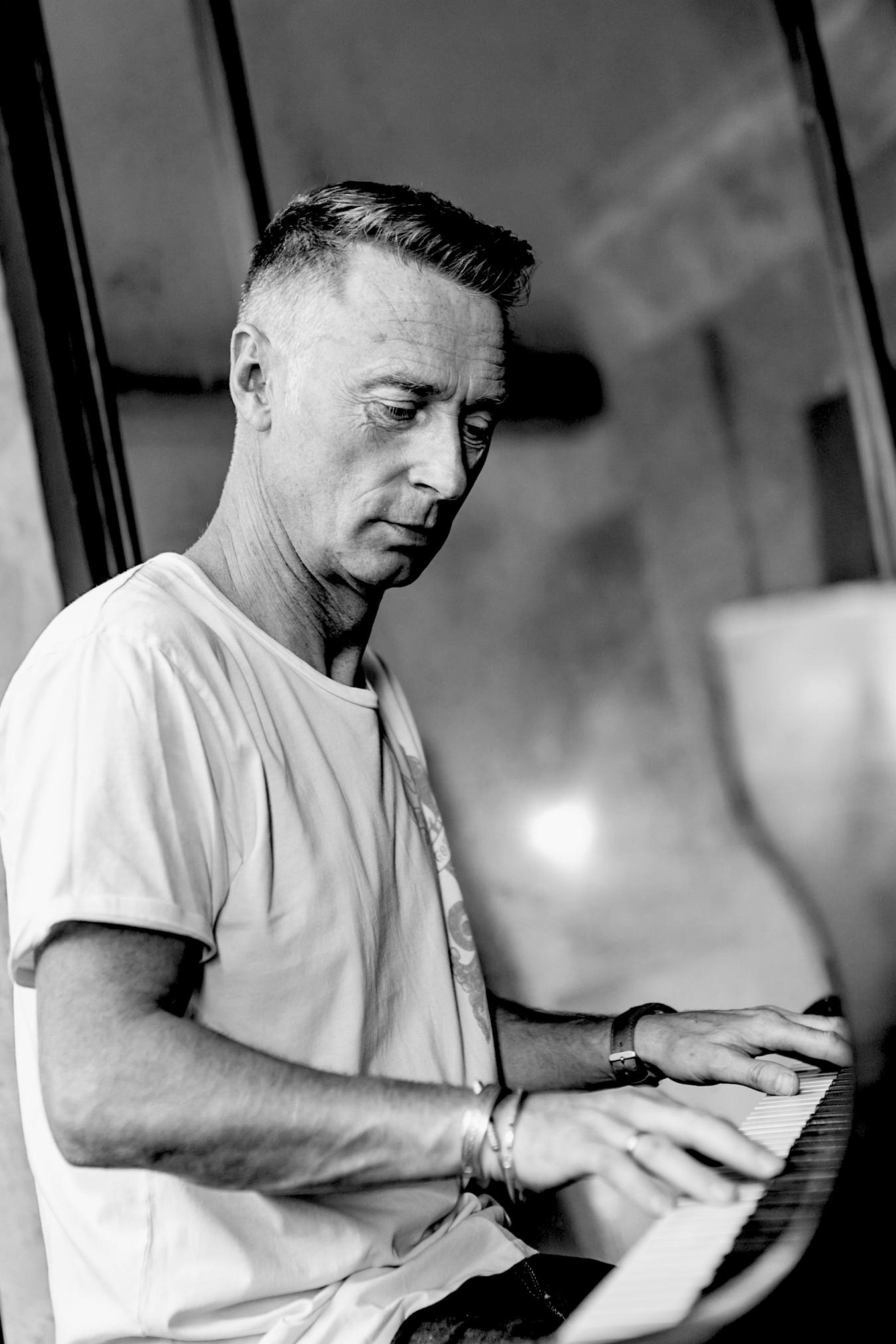
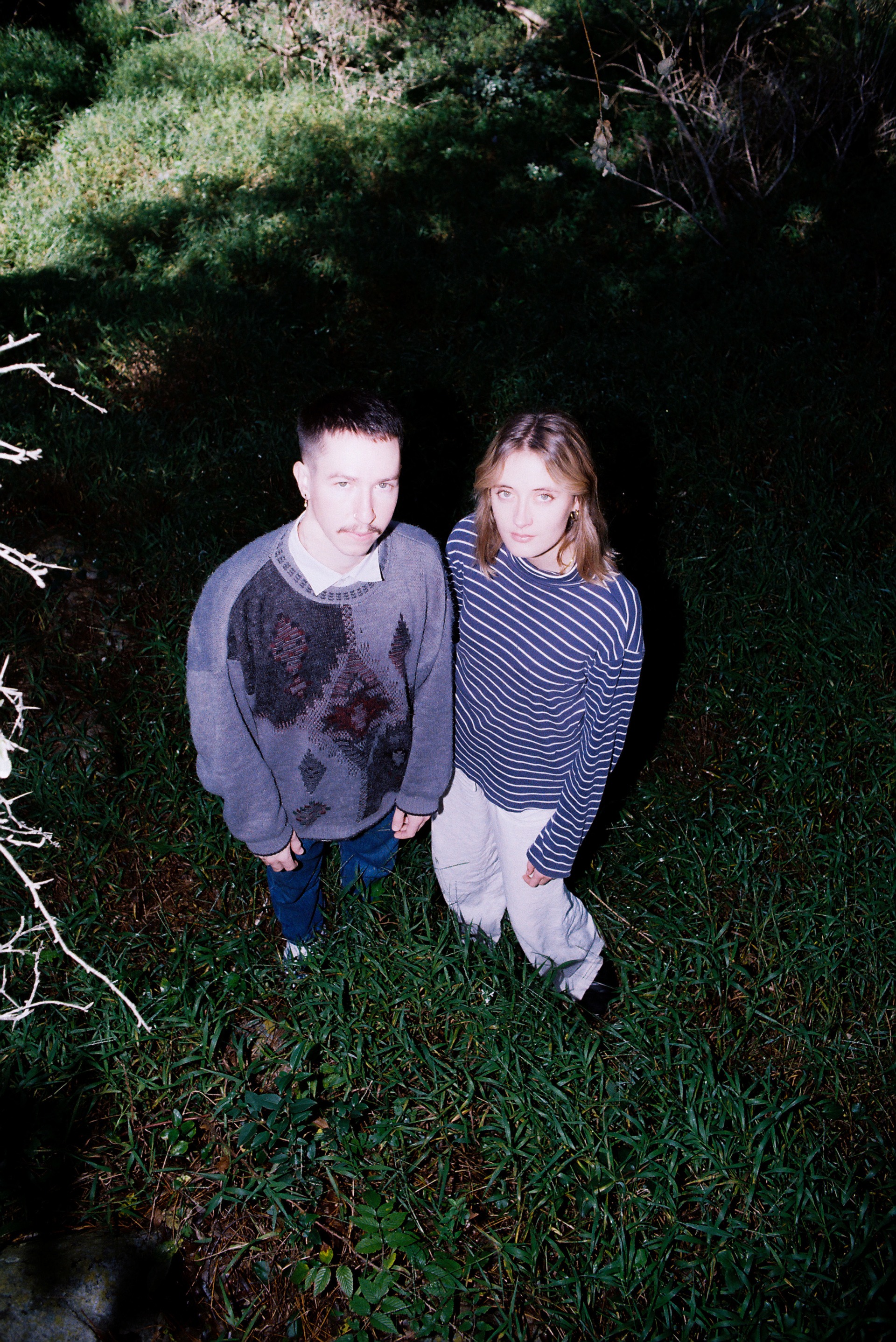

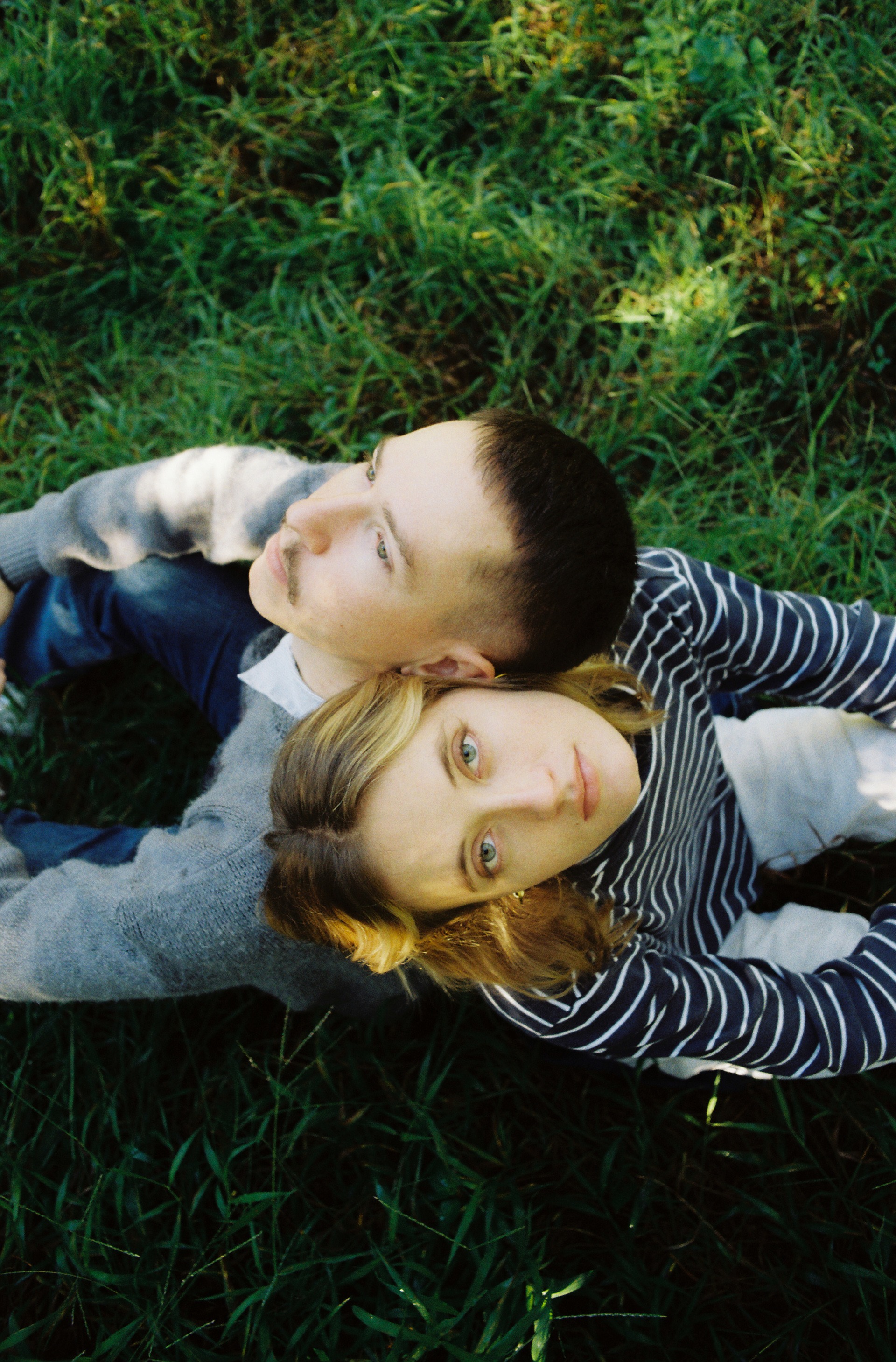
Recent Comments